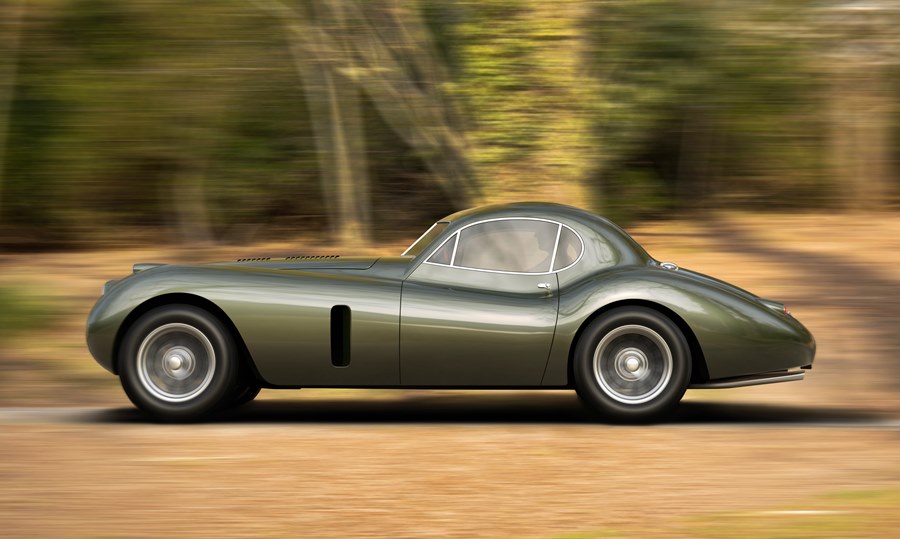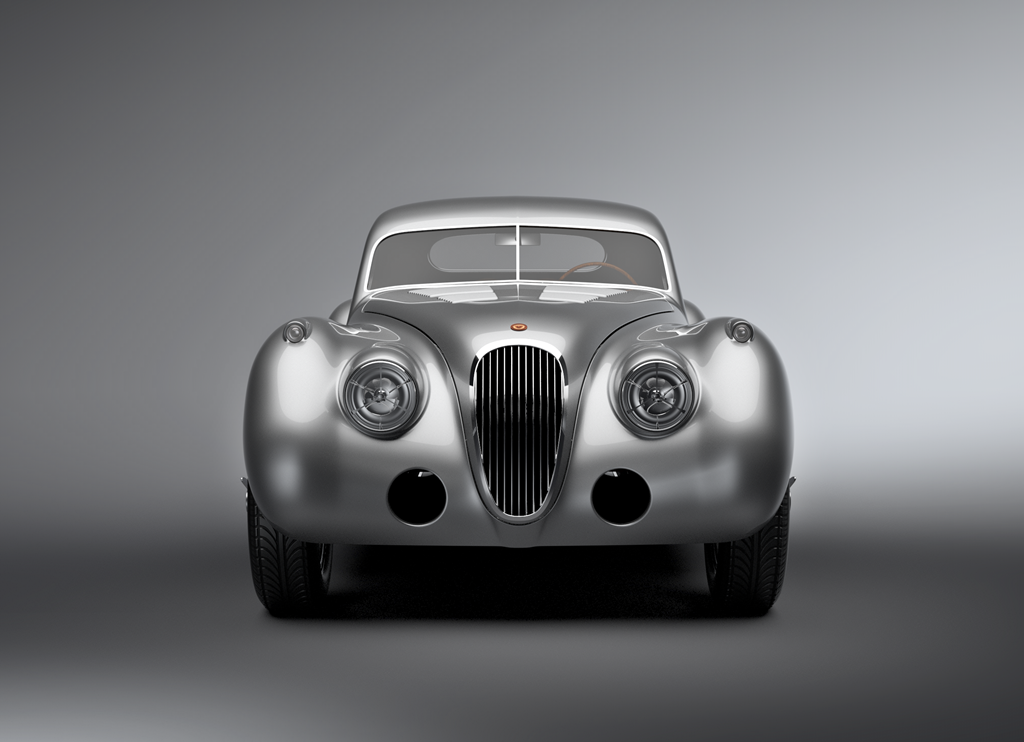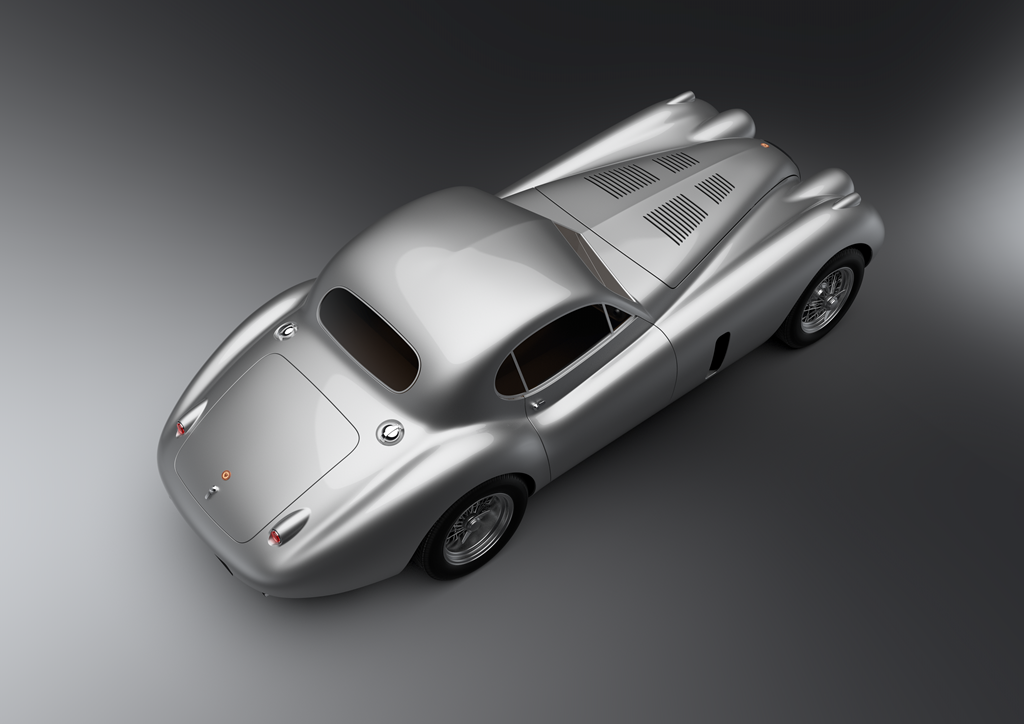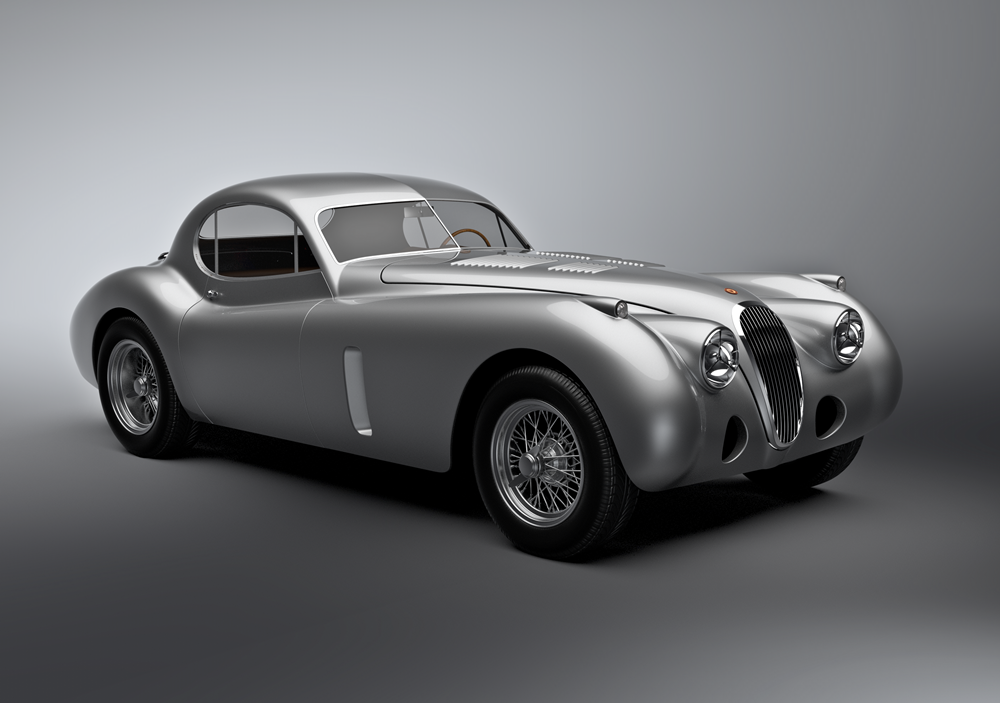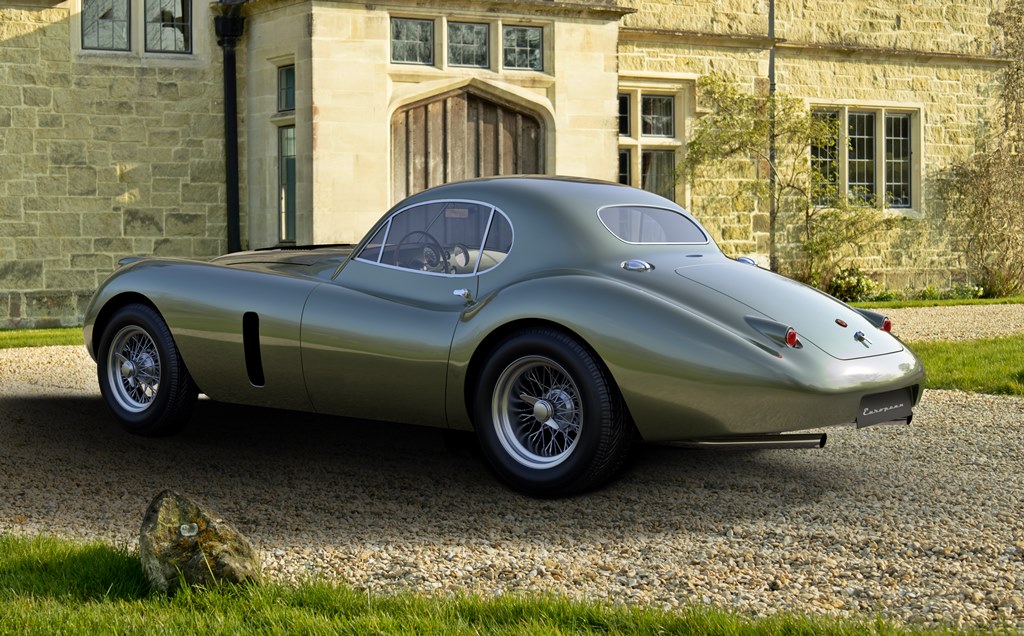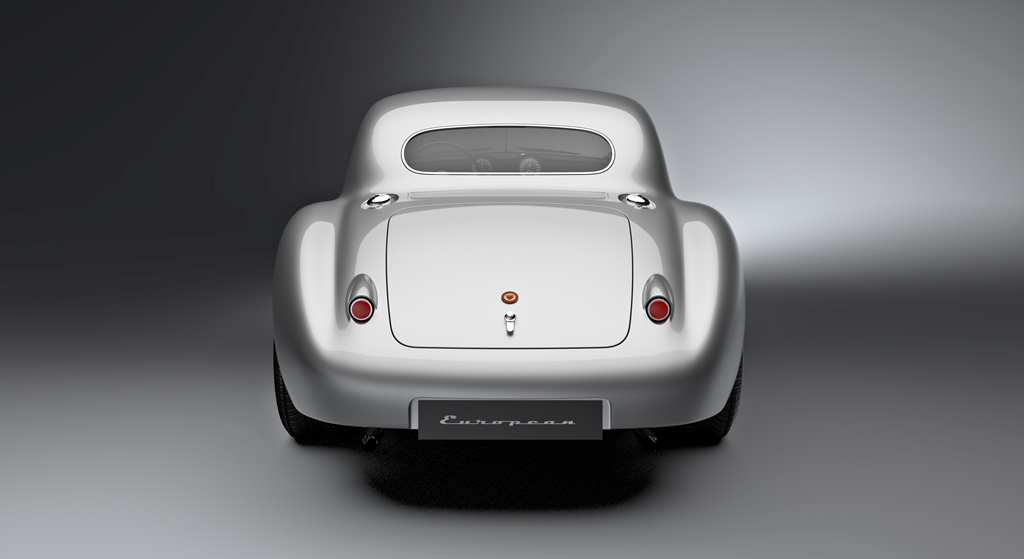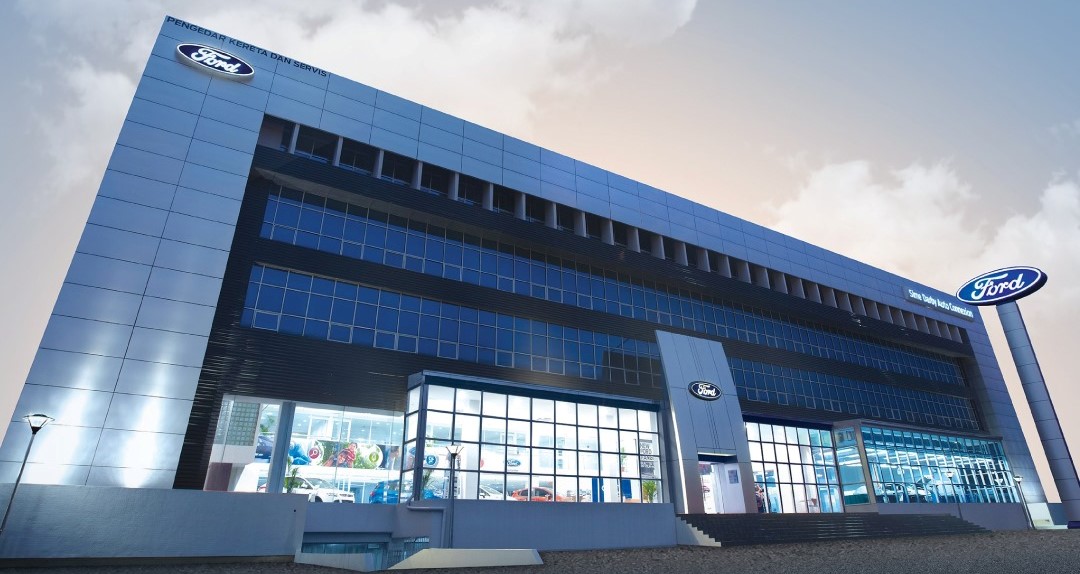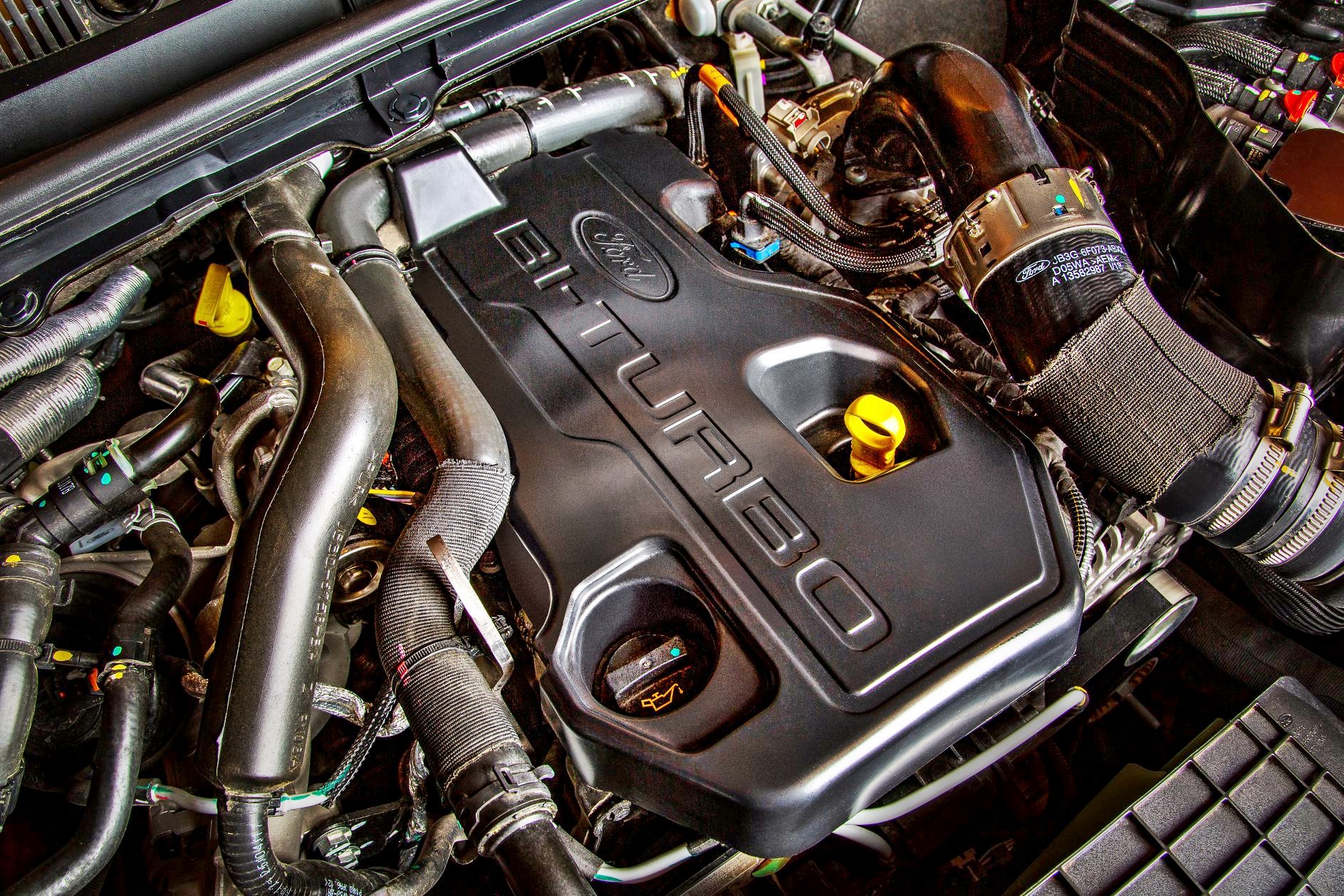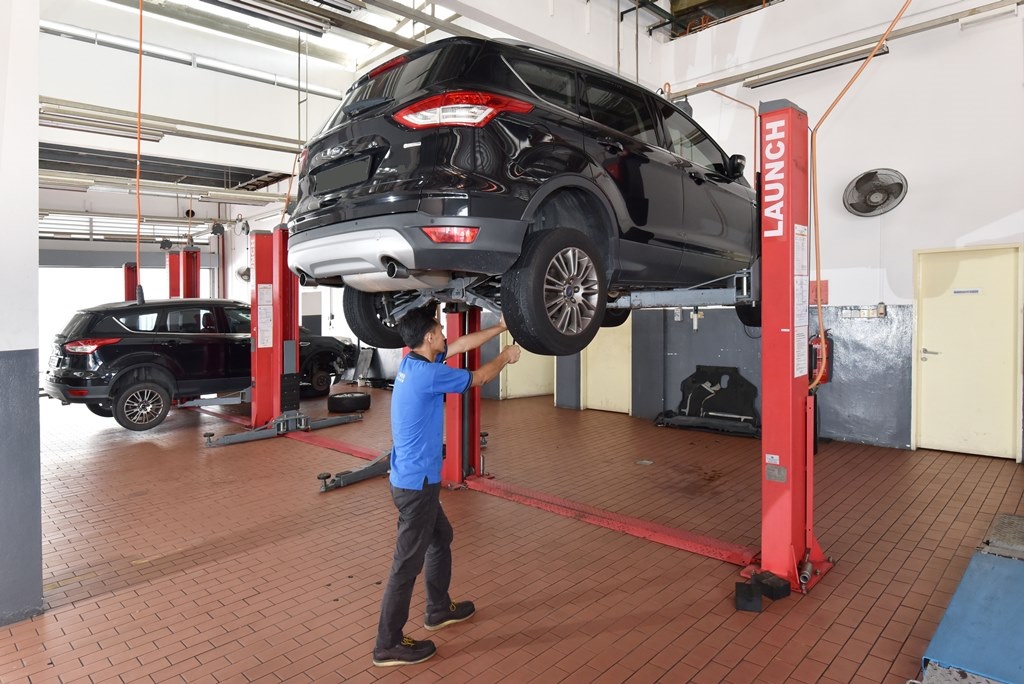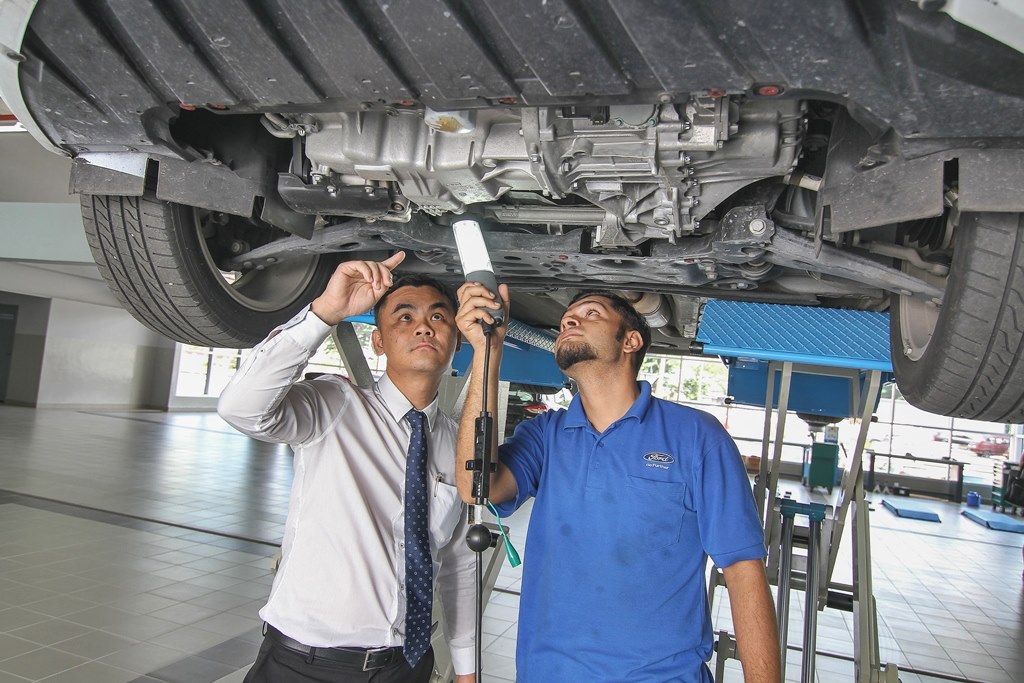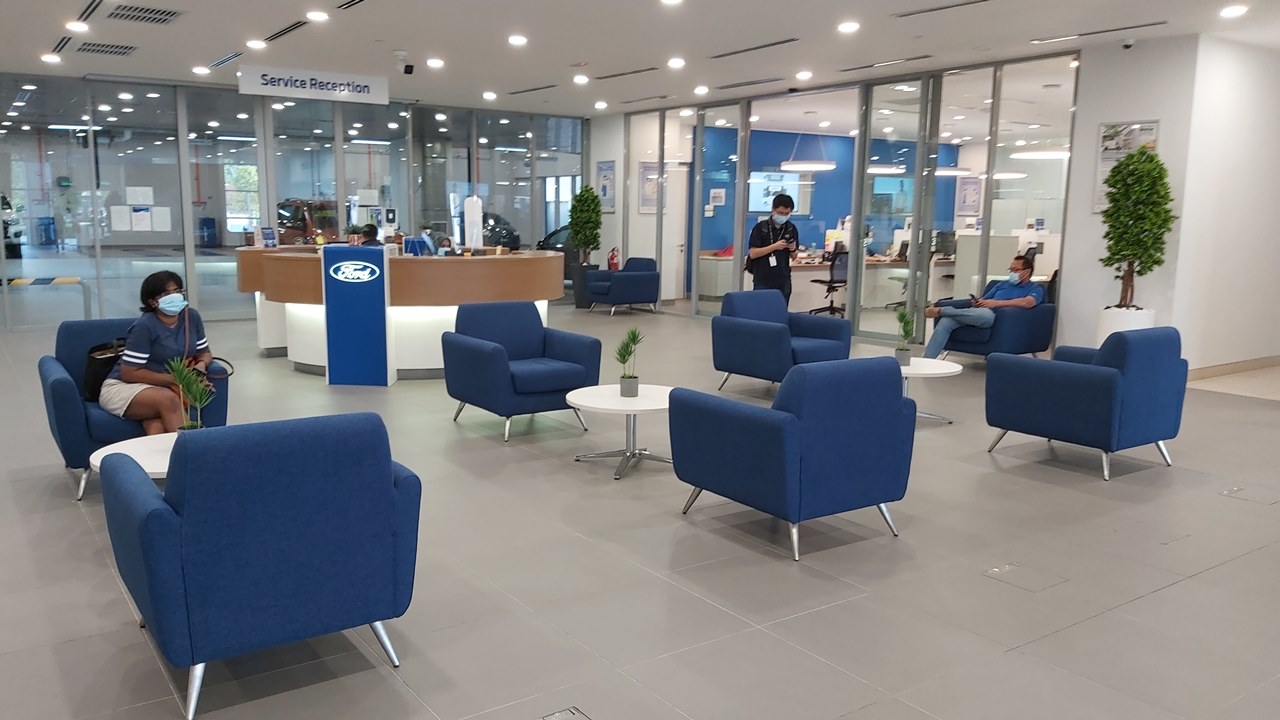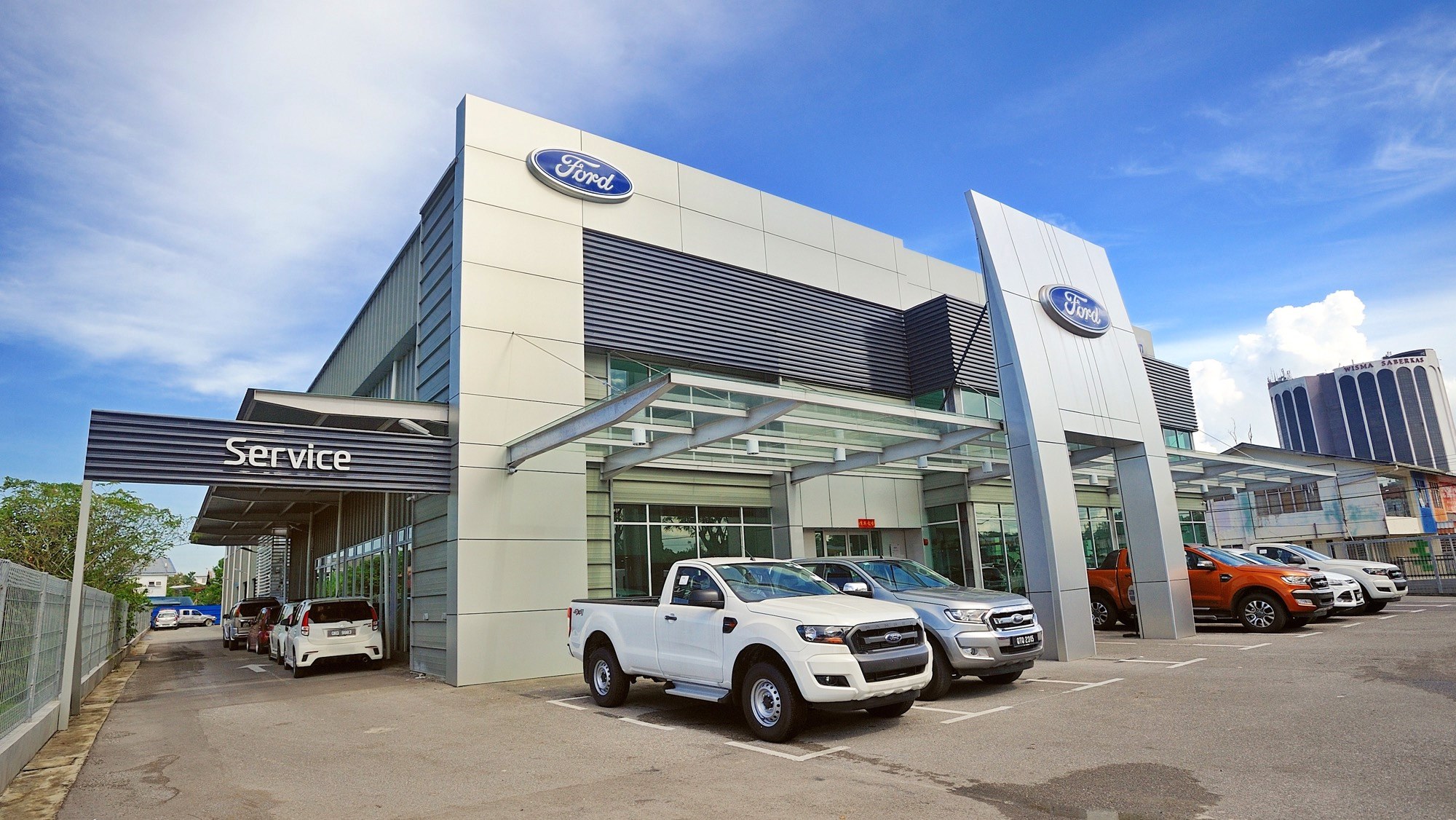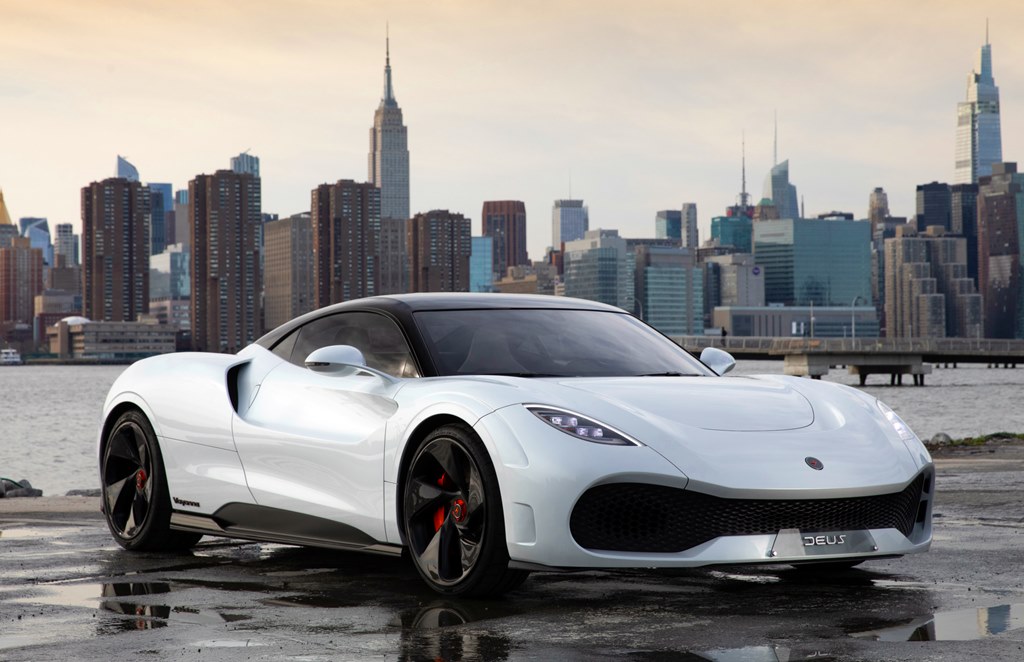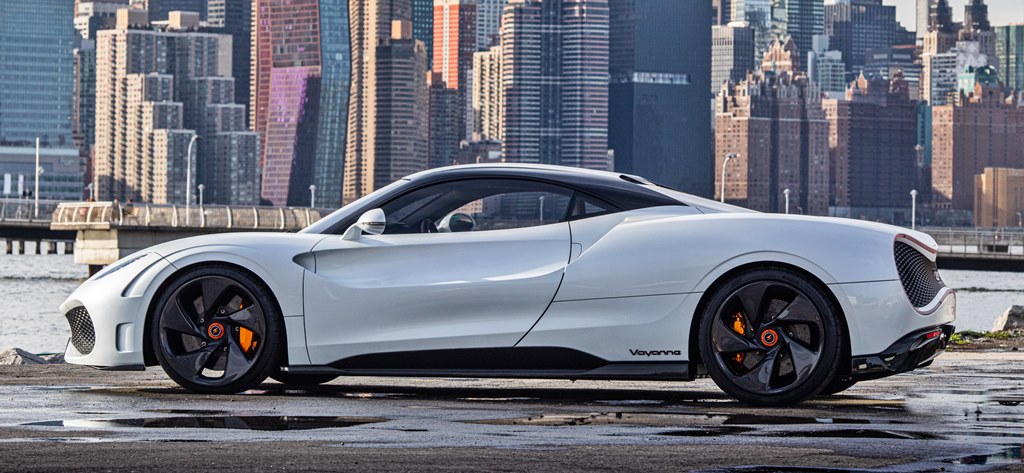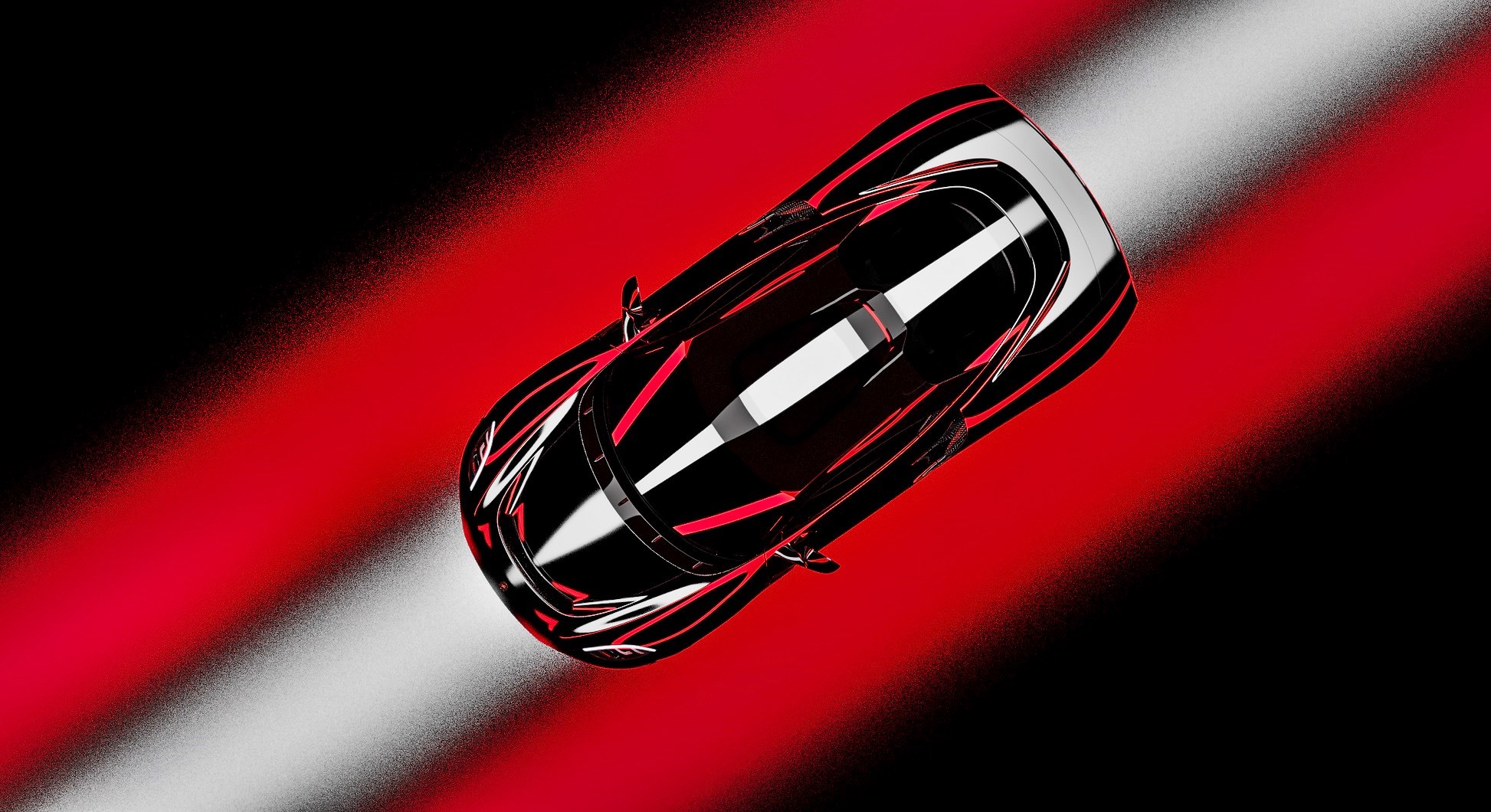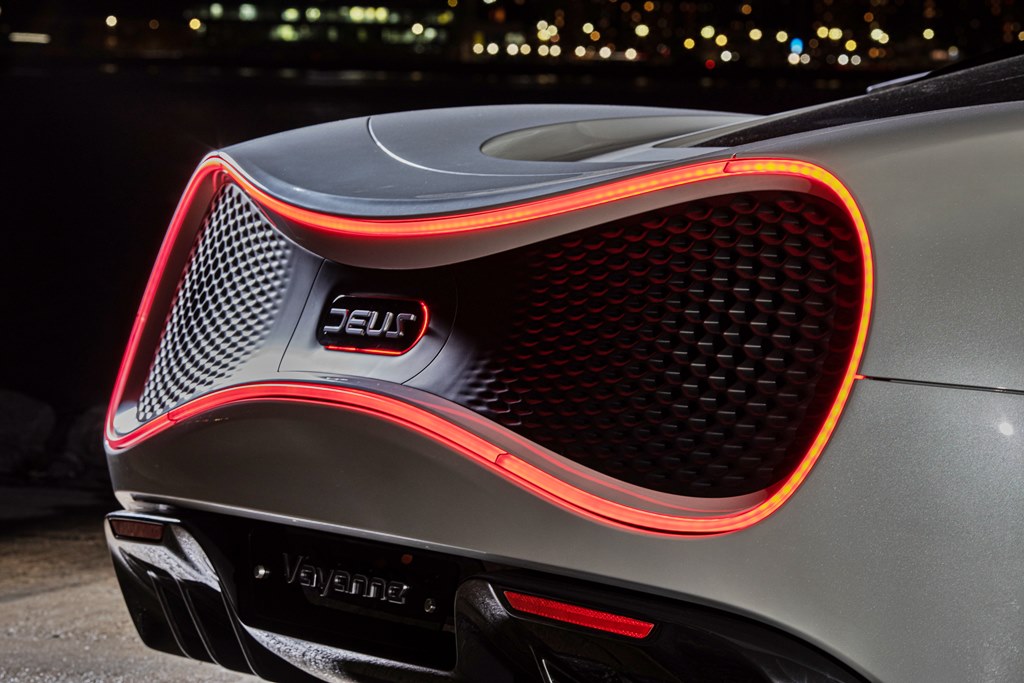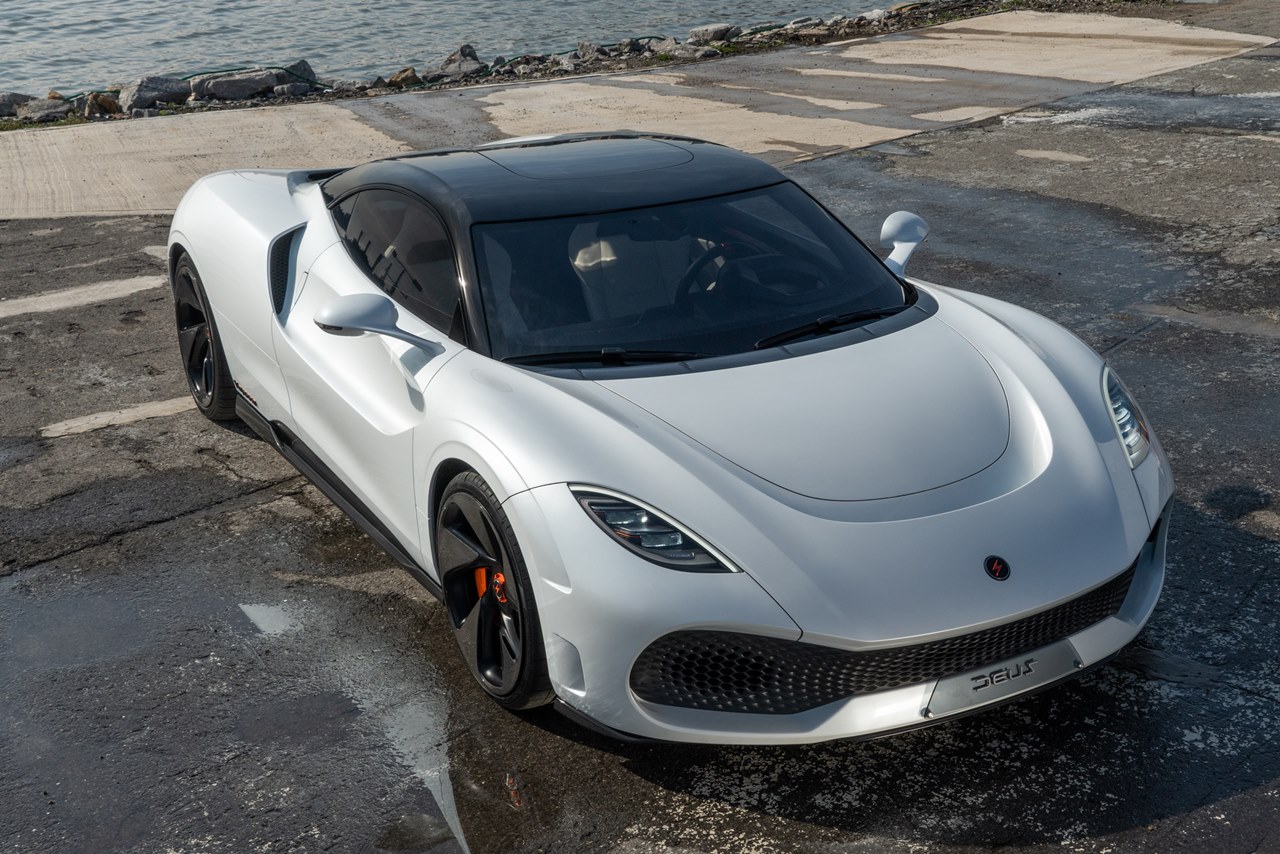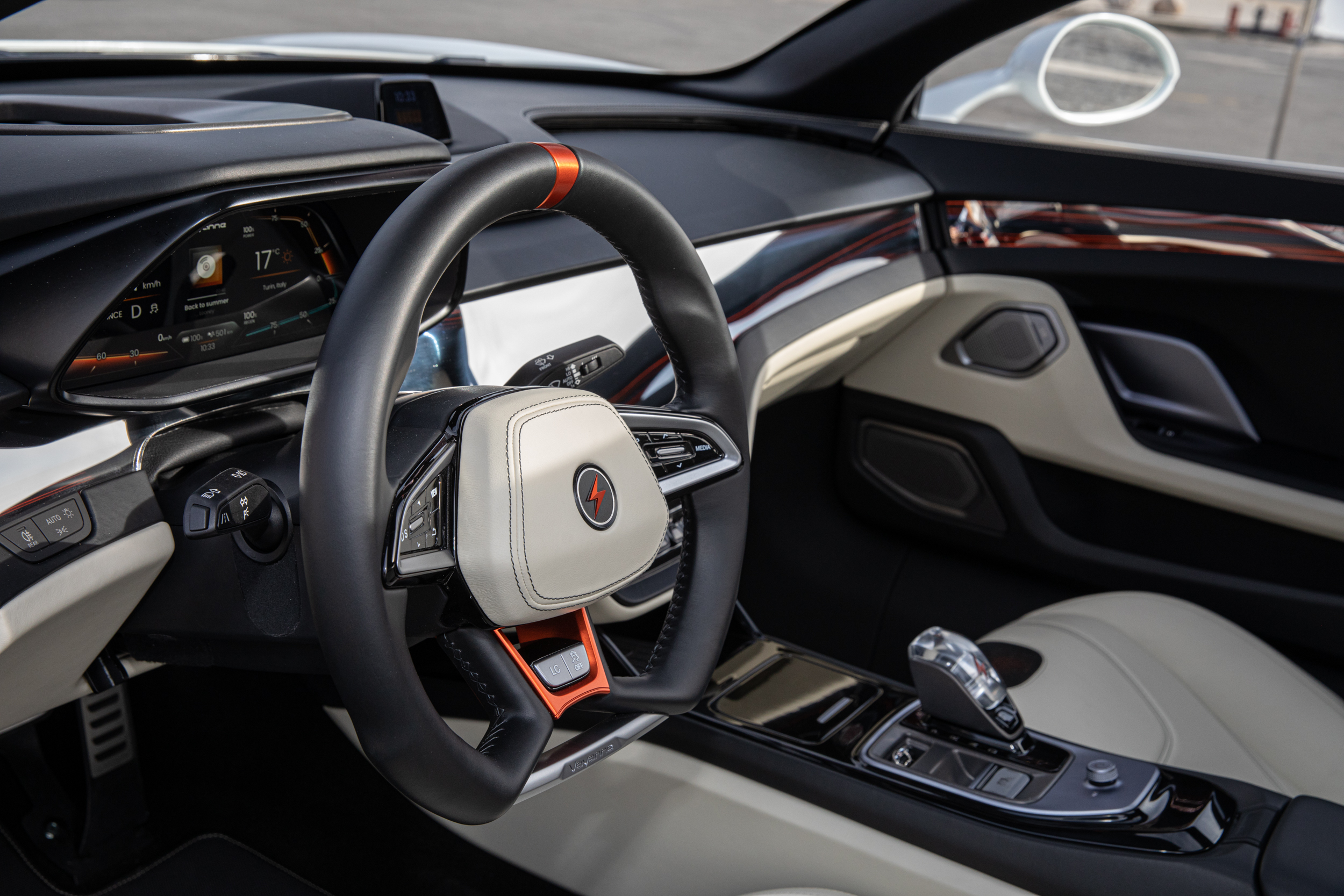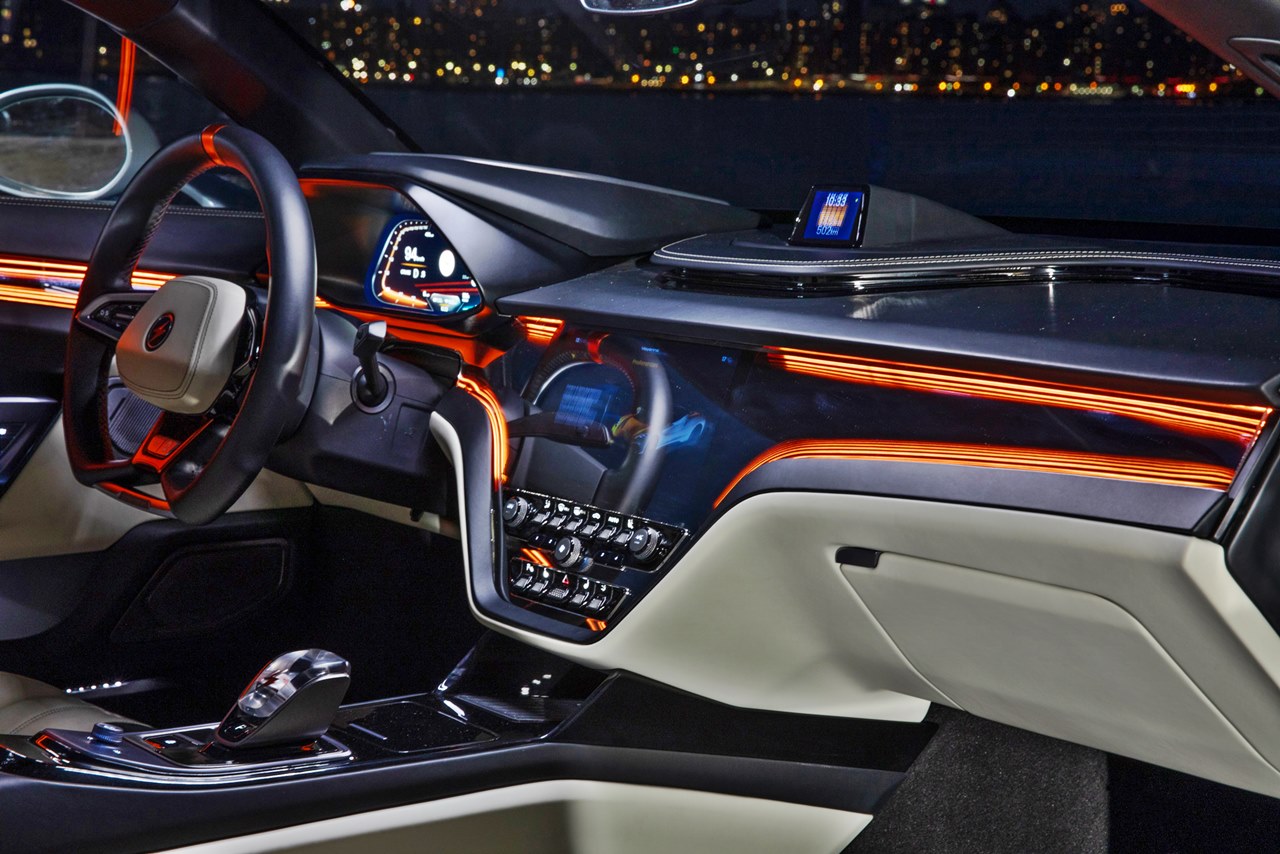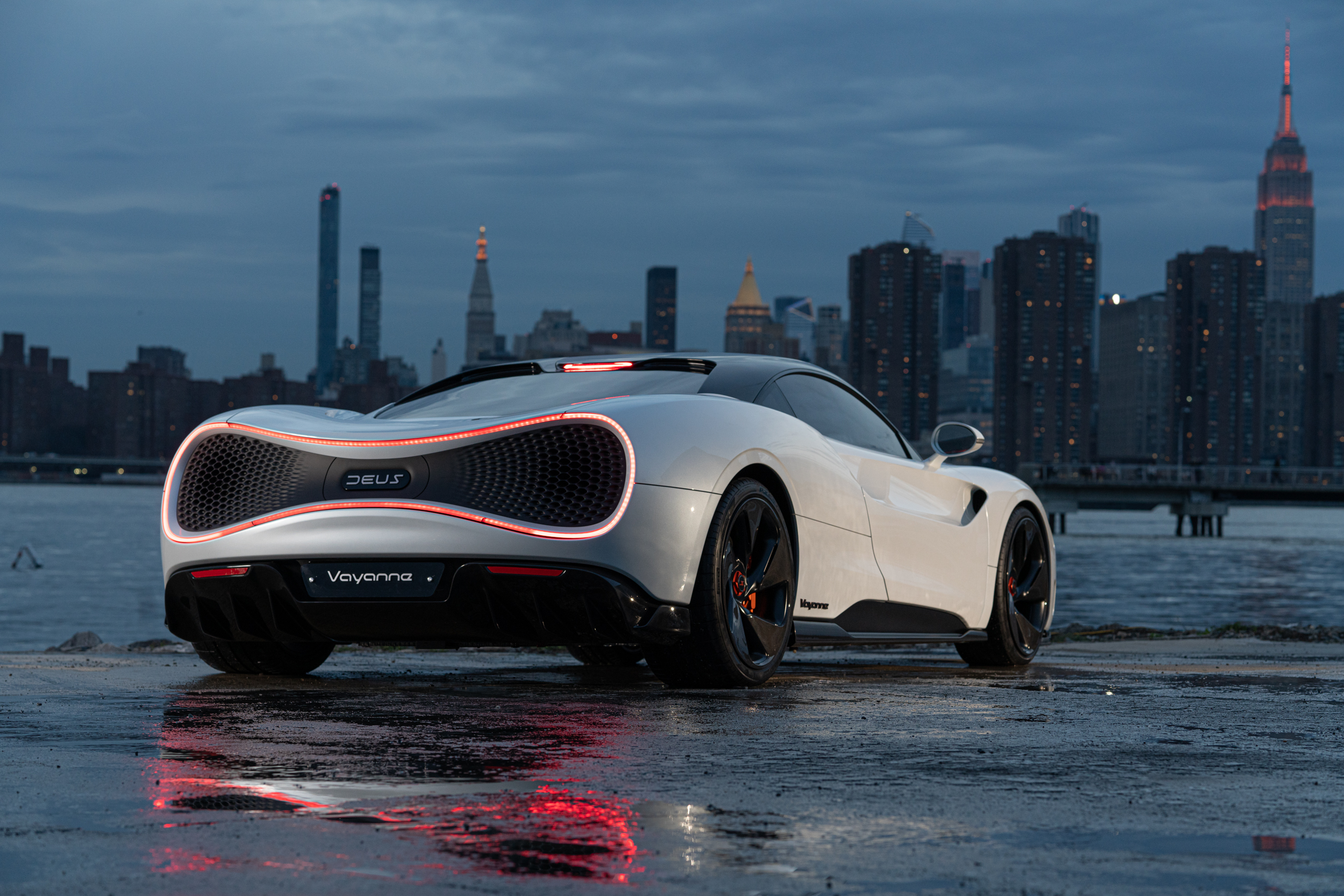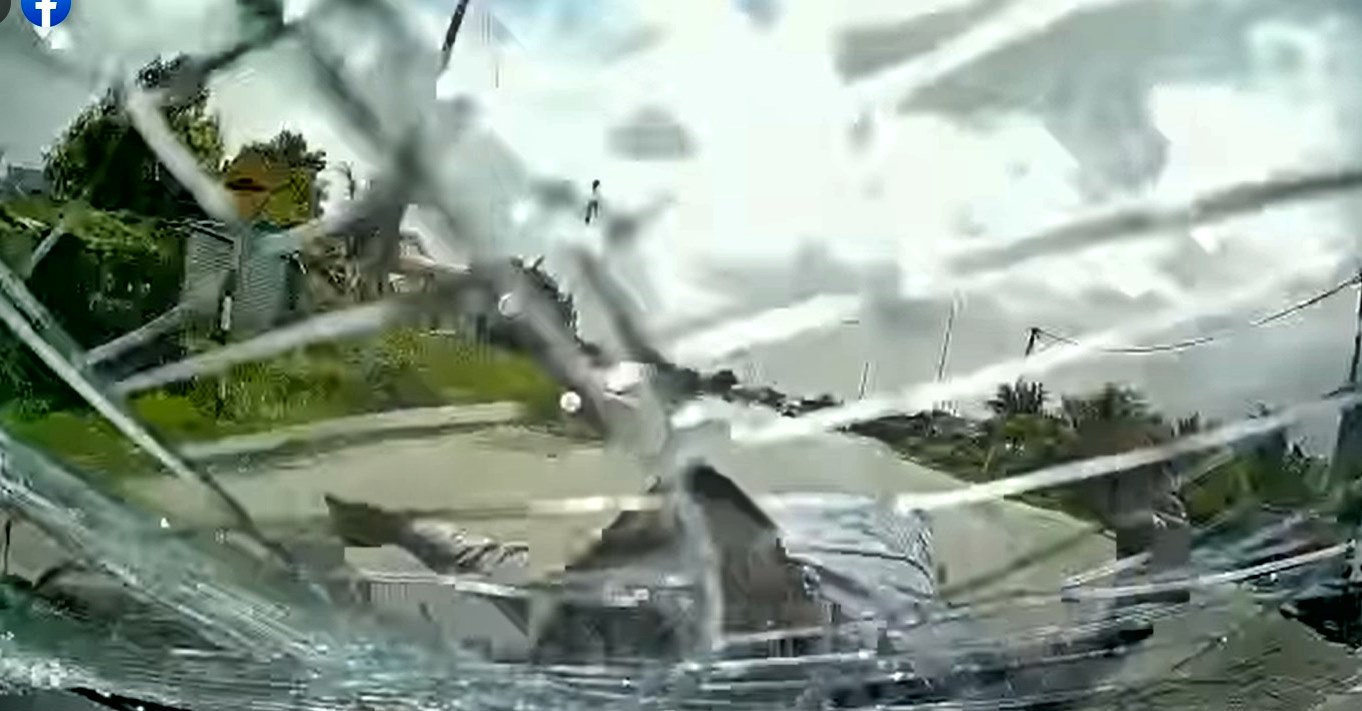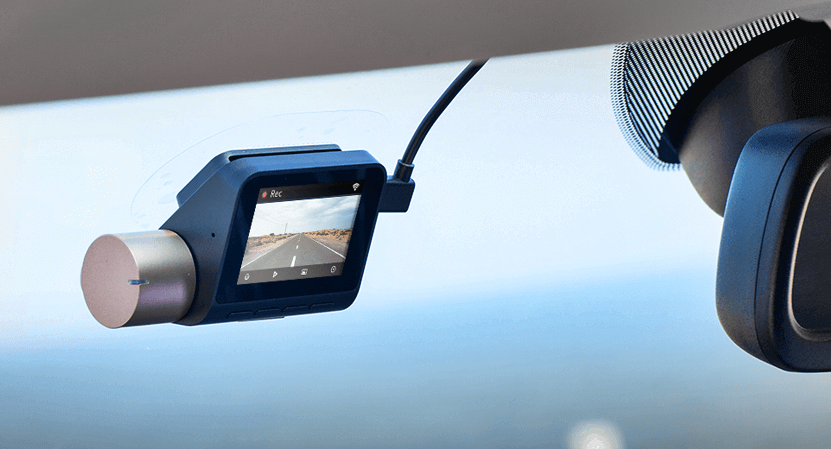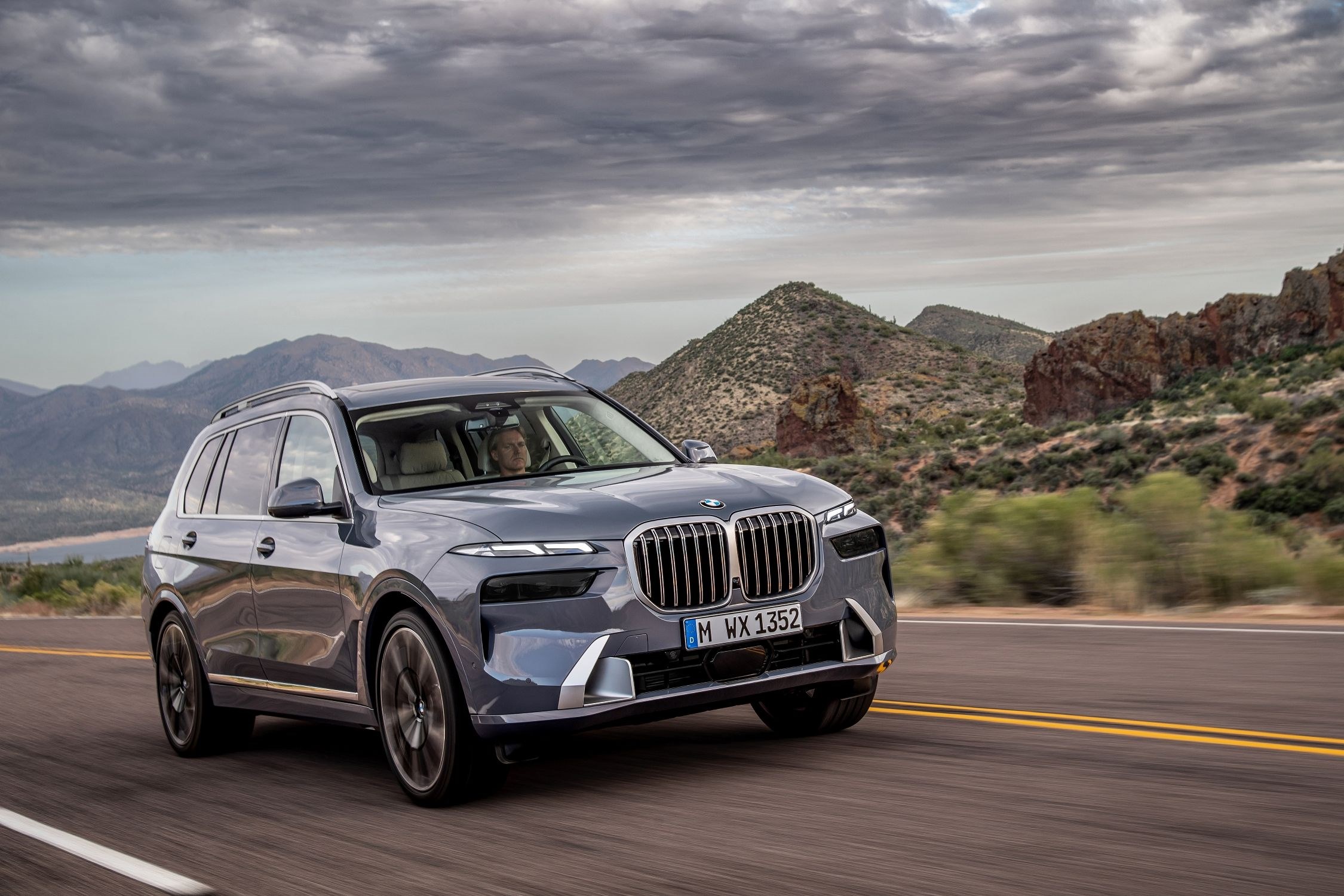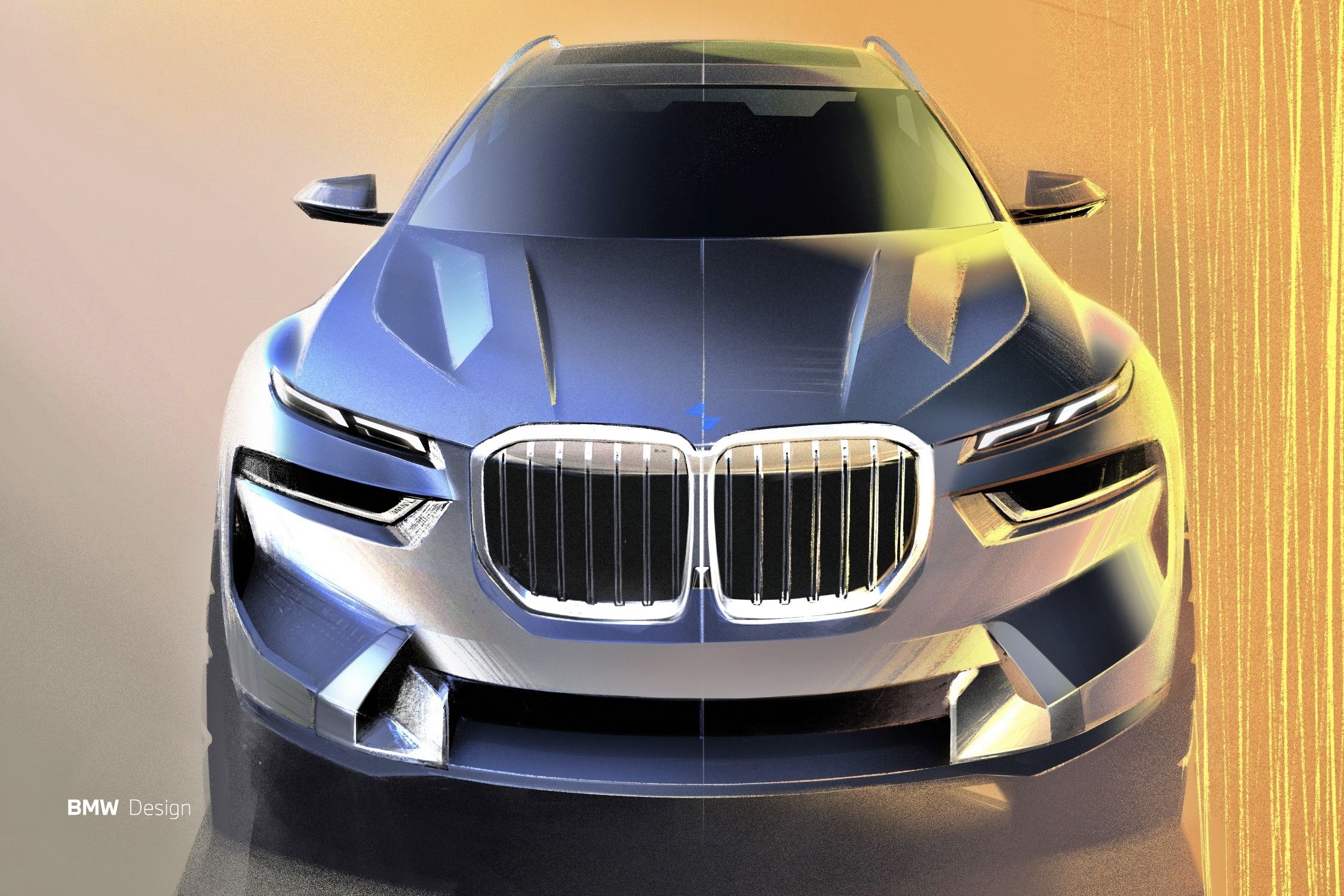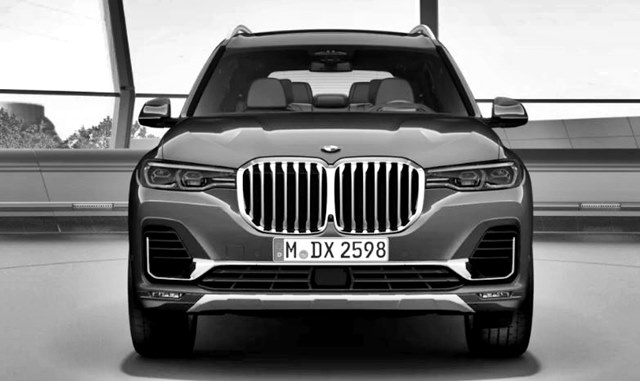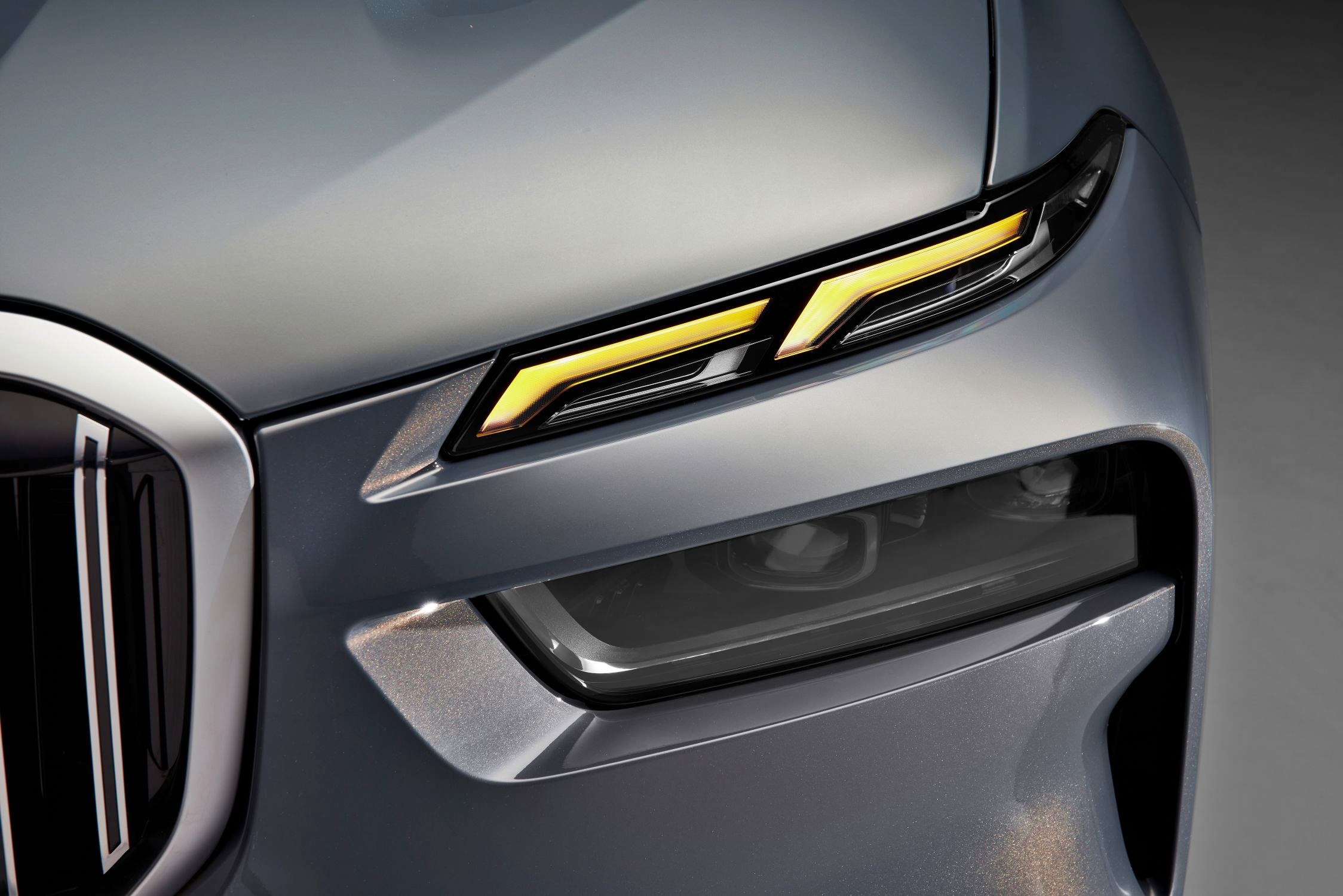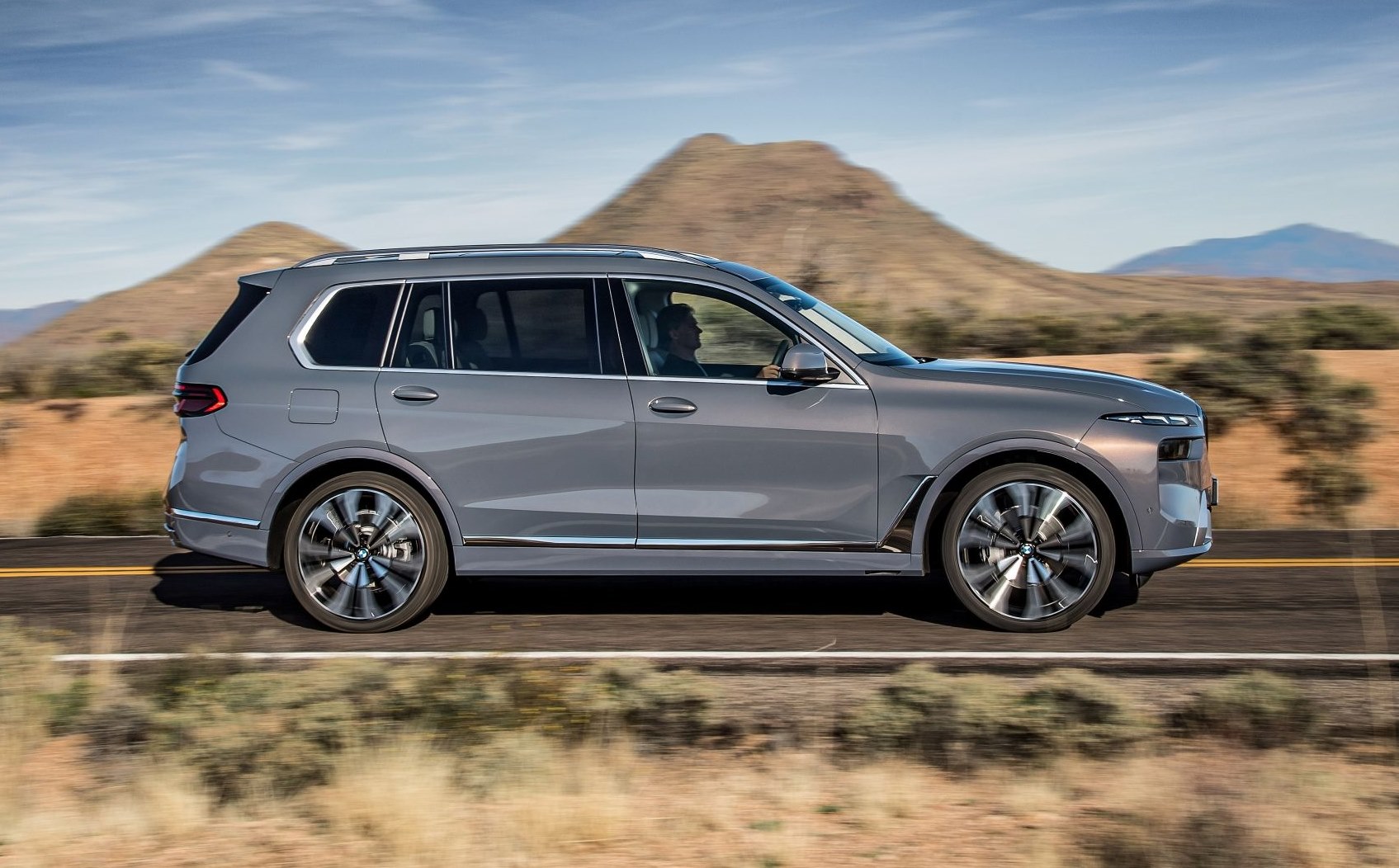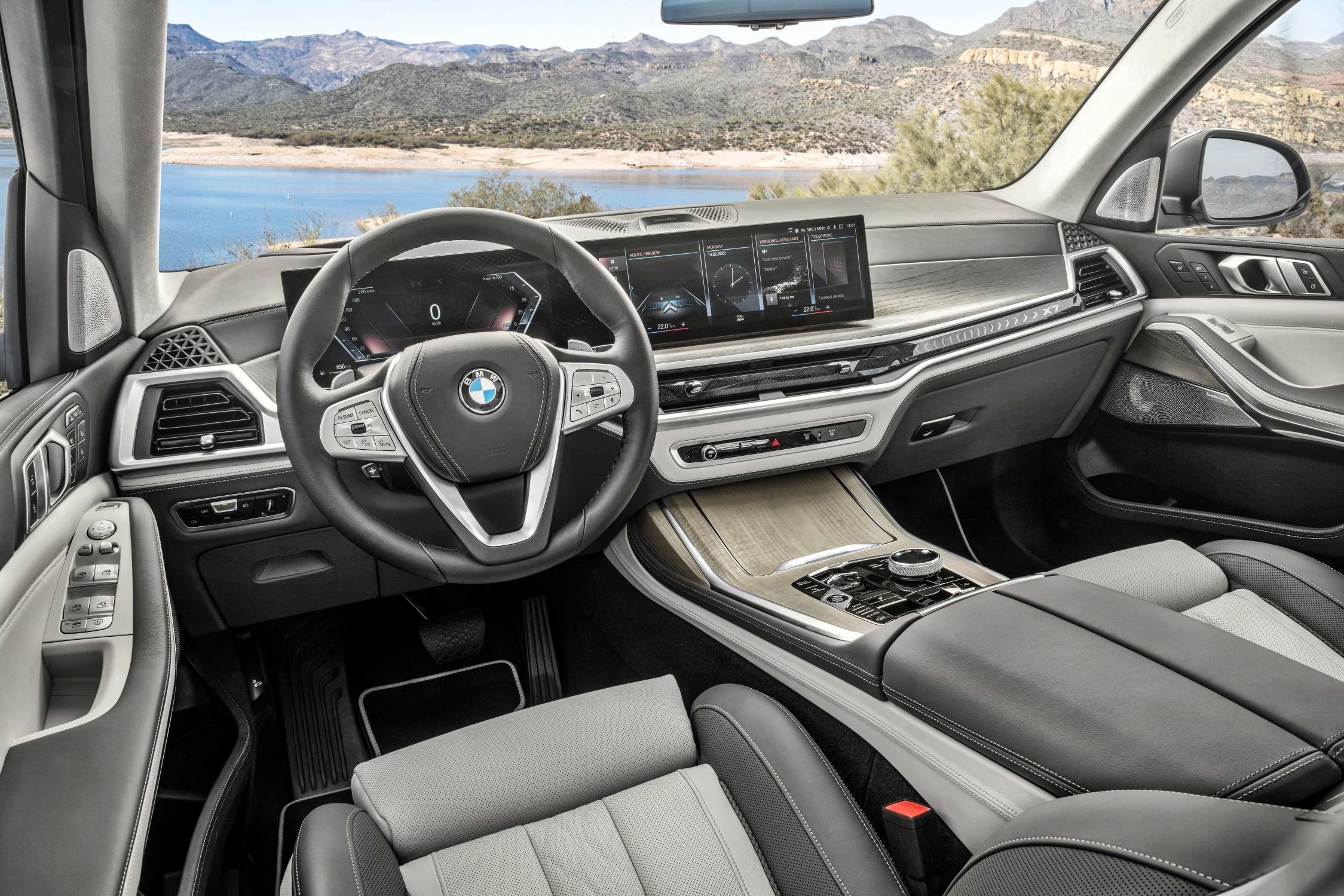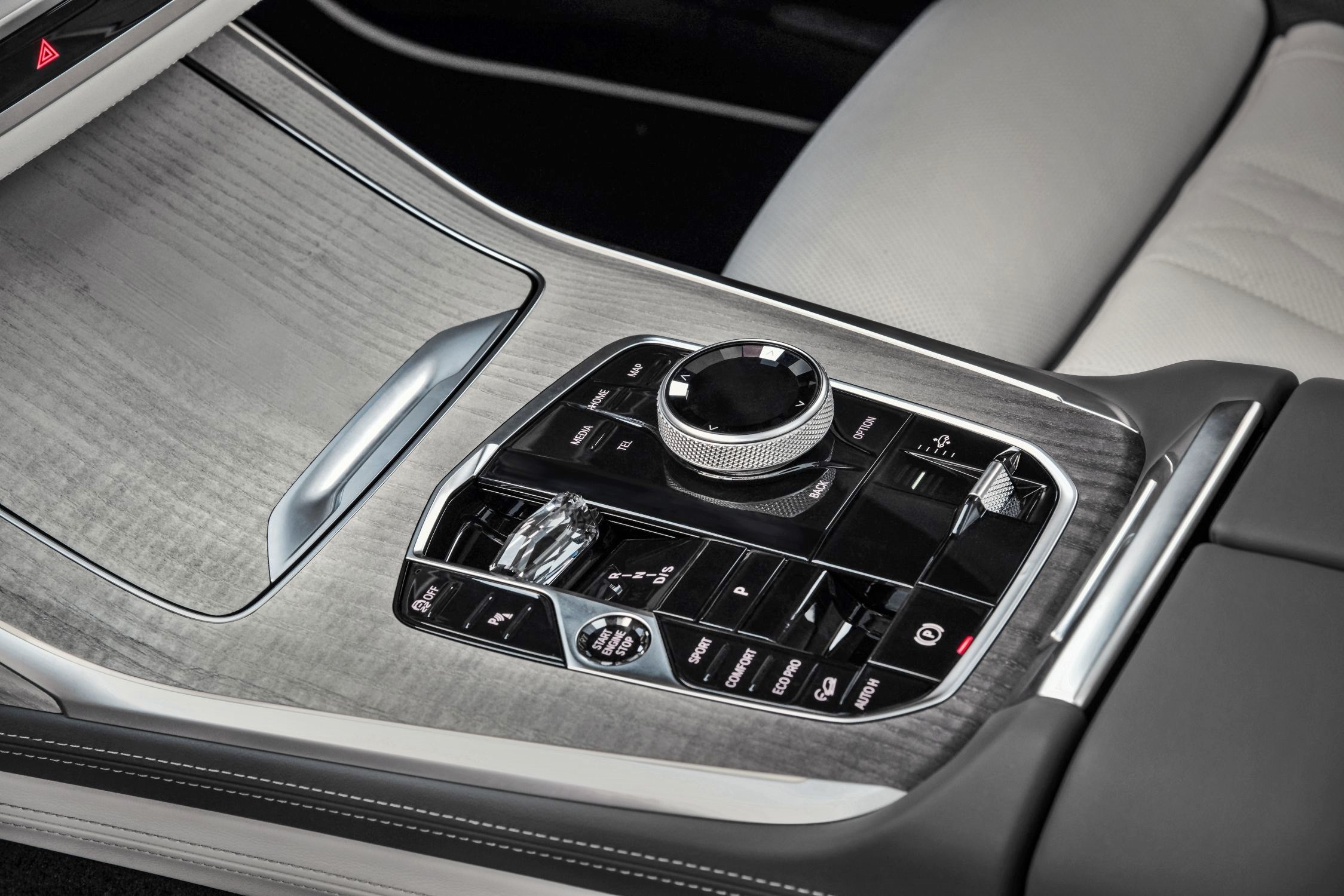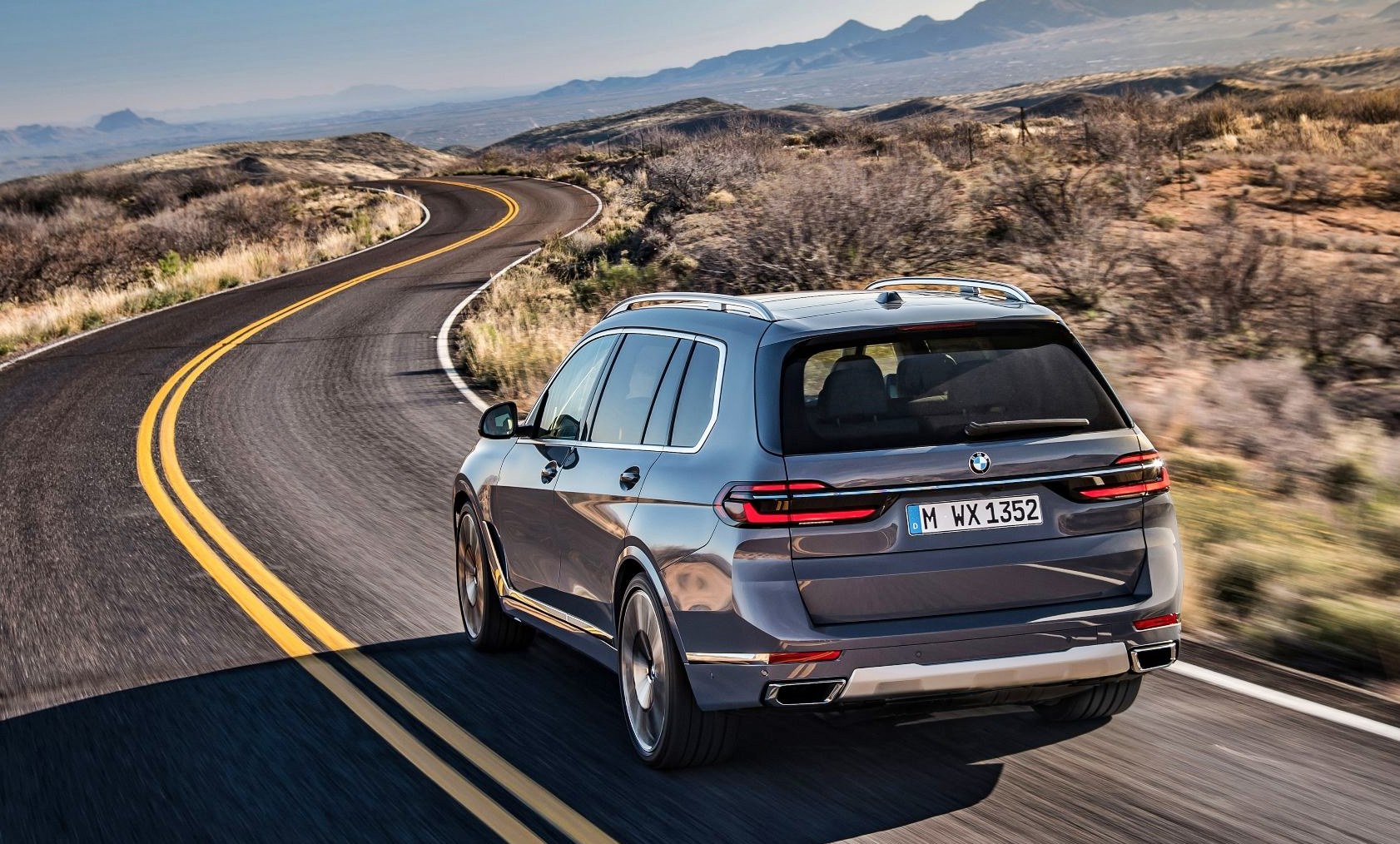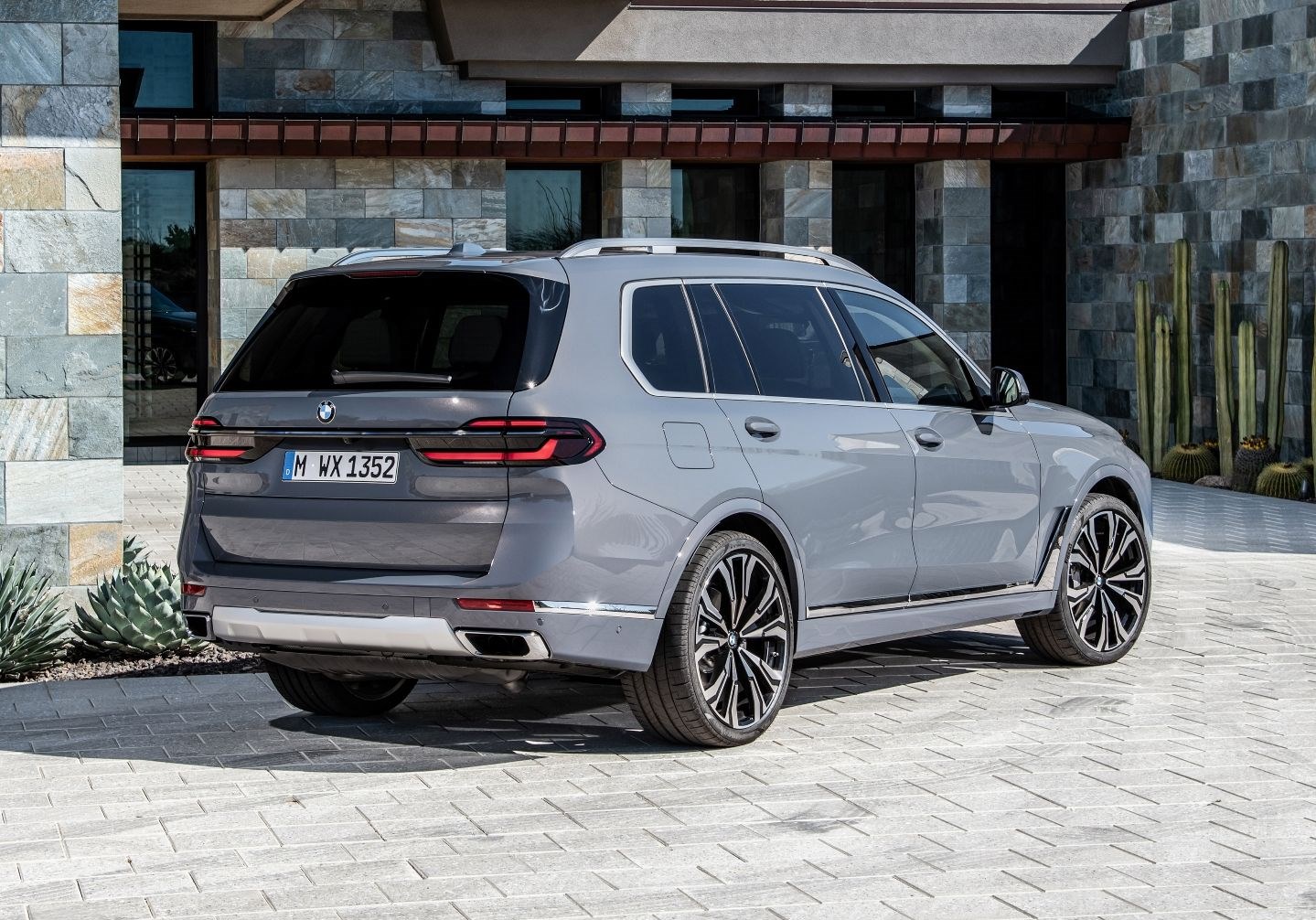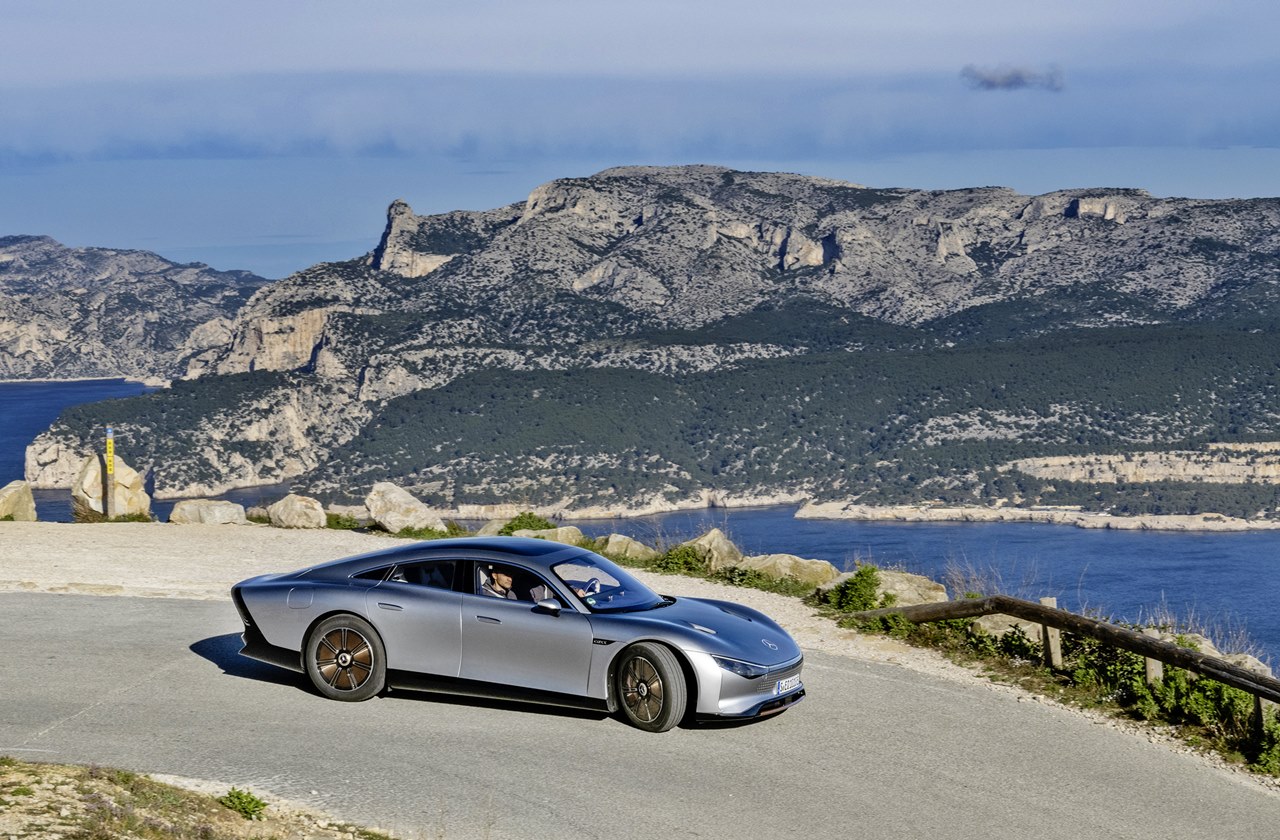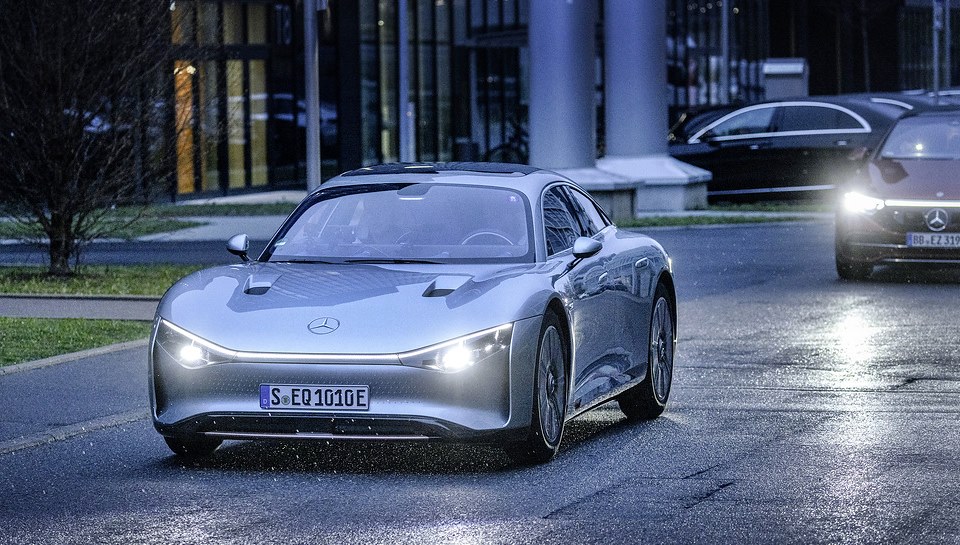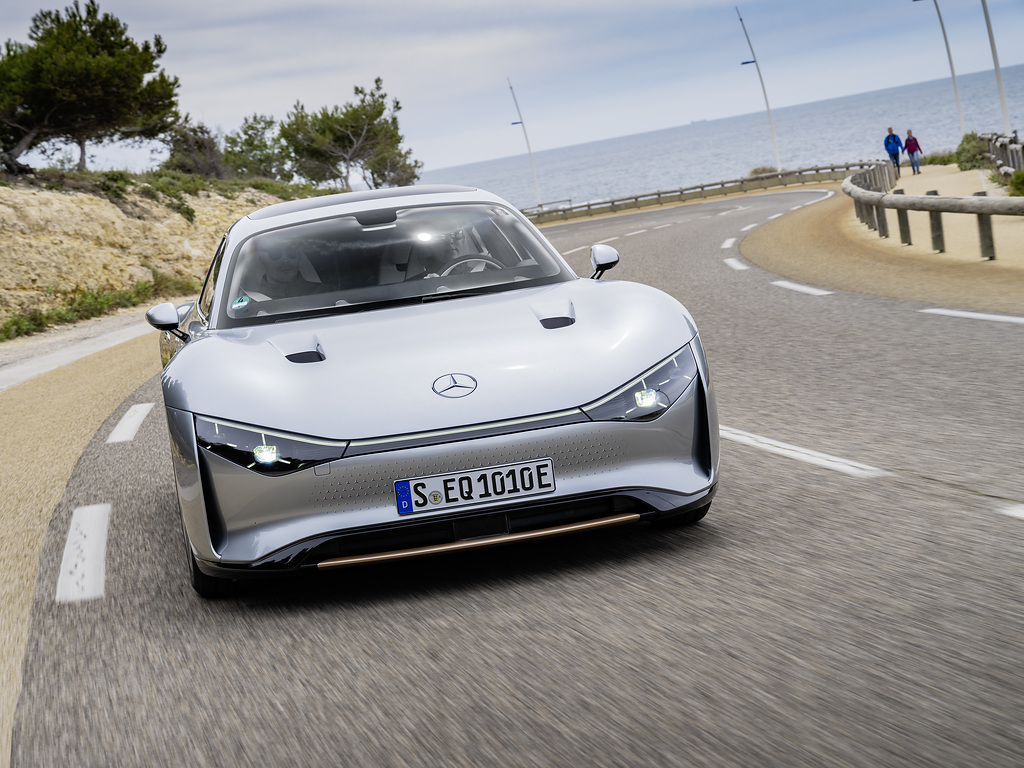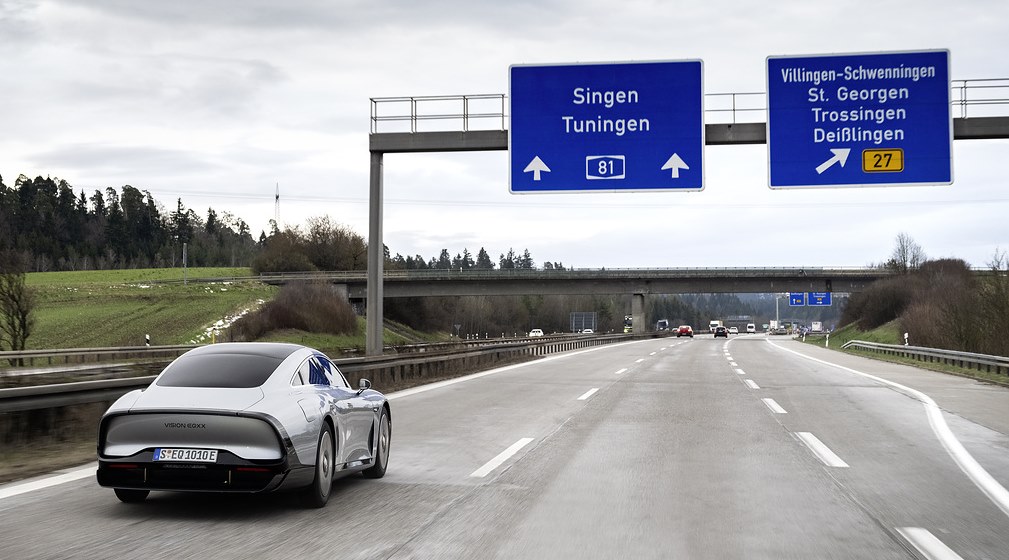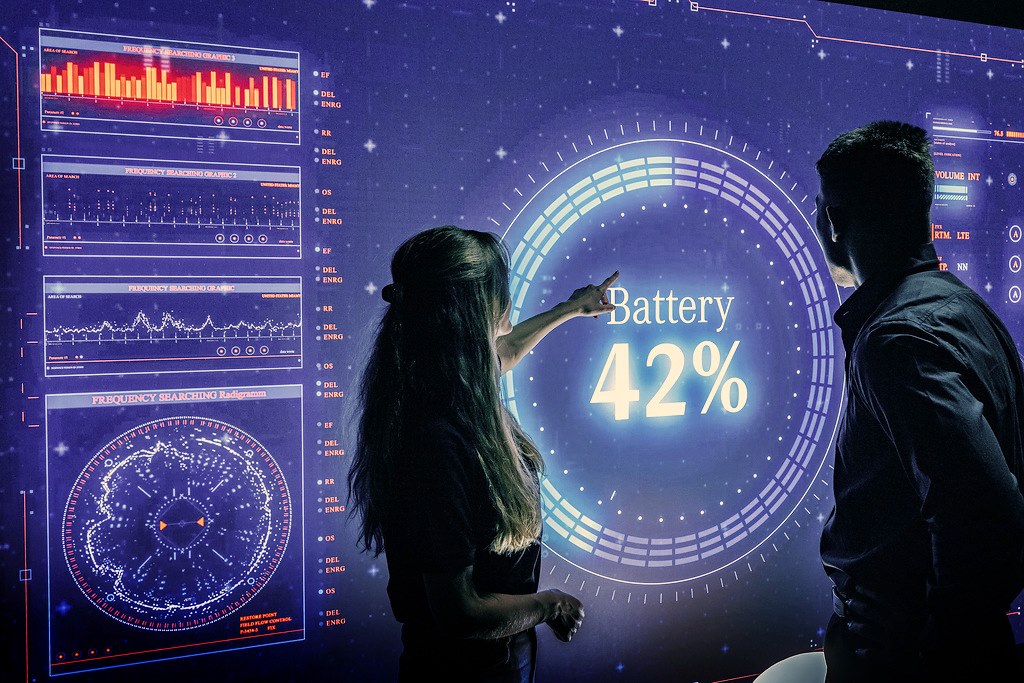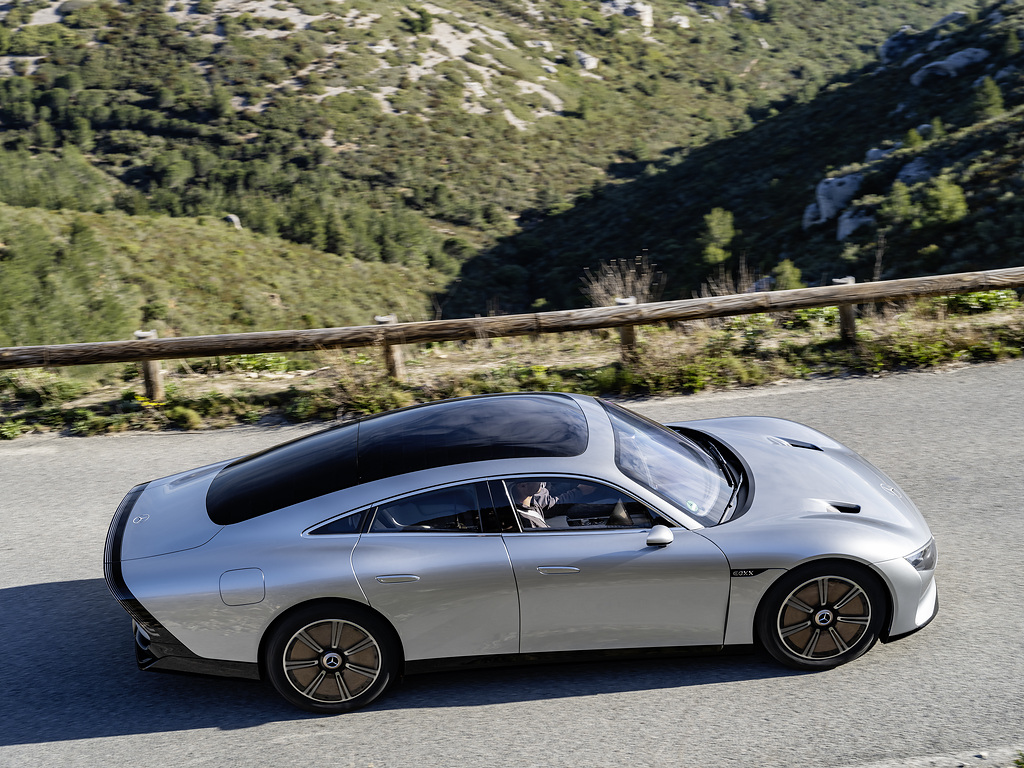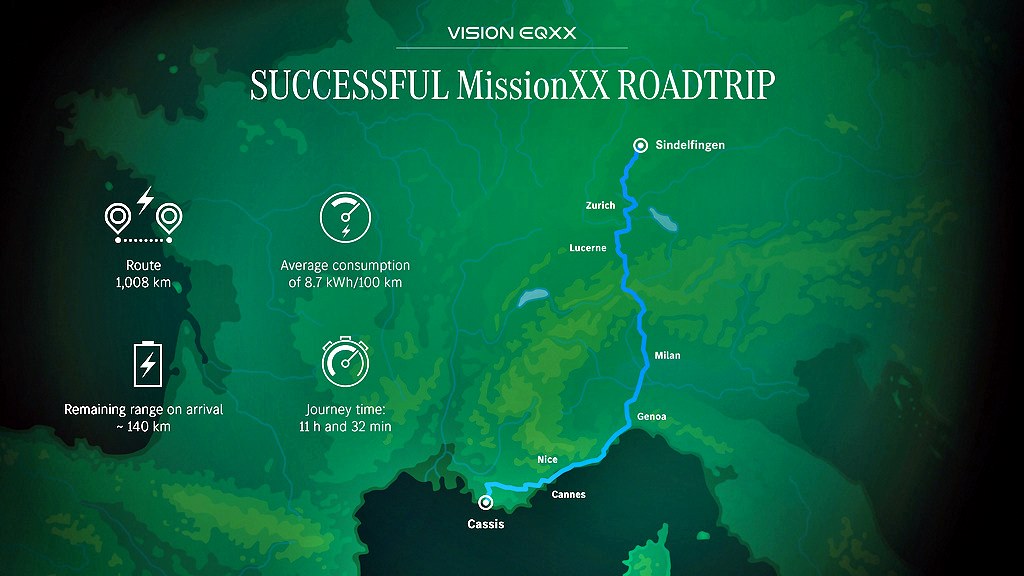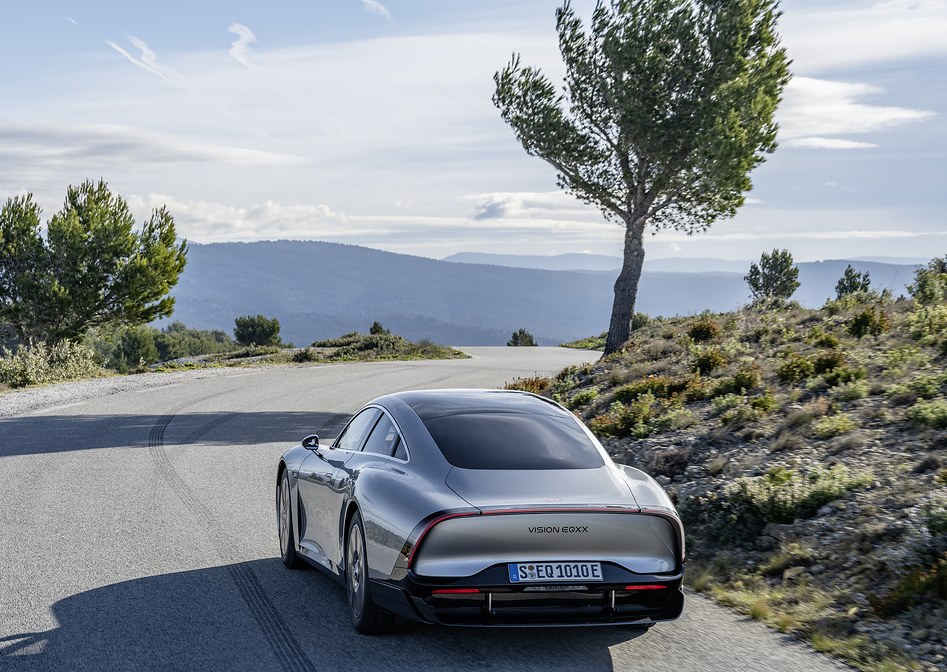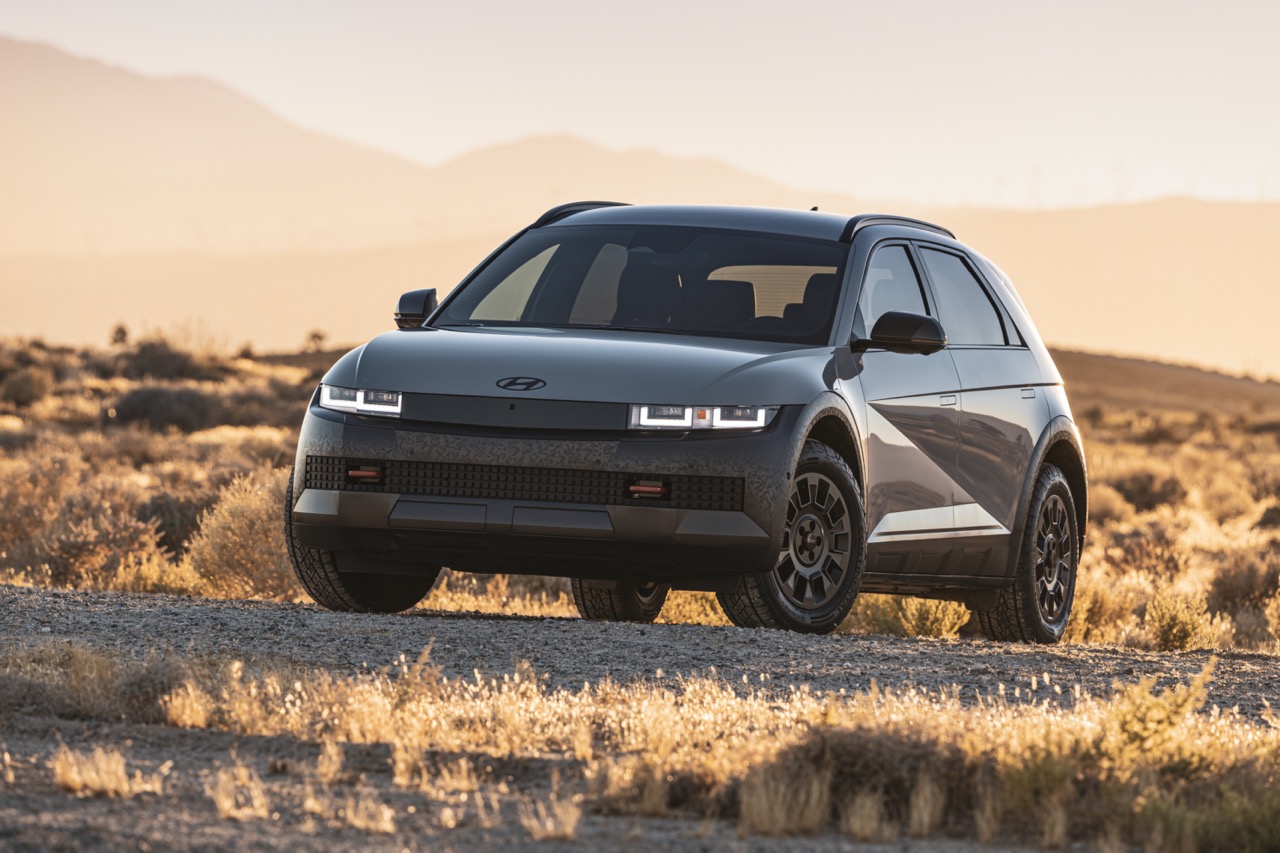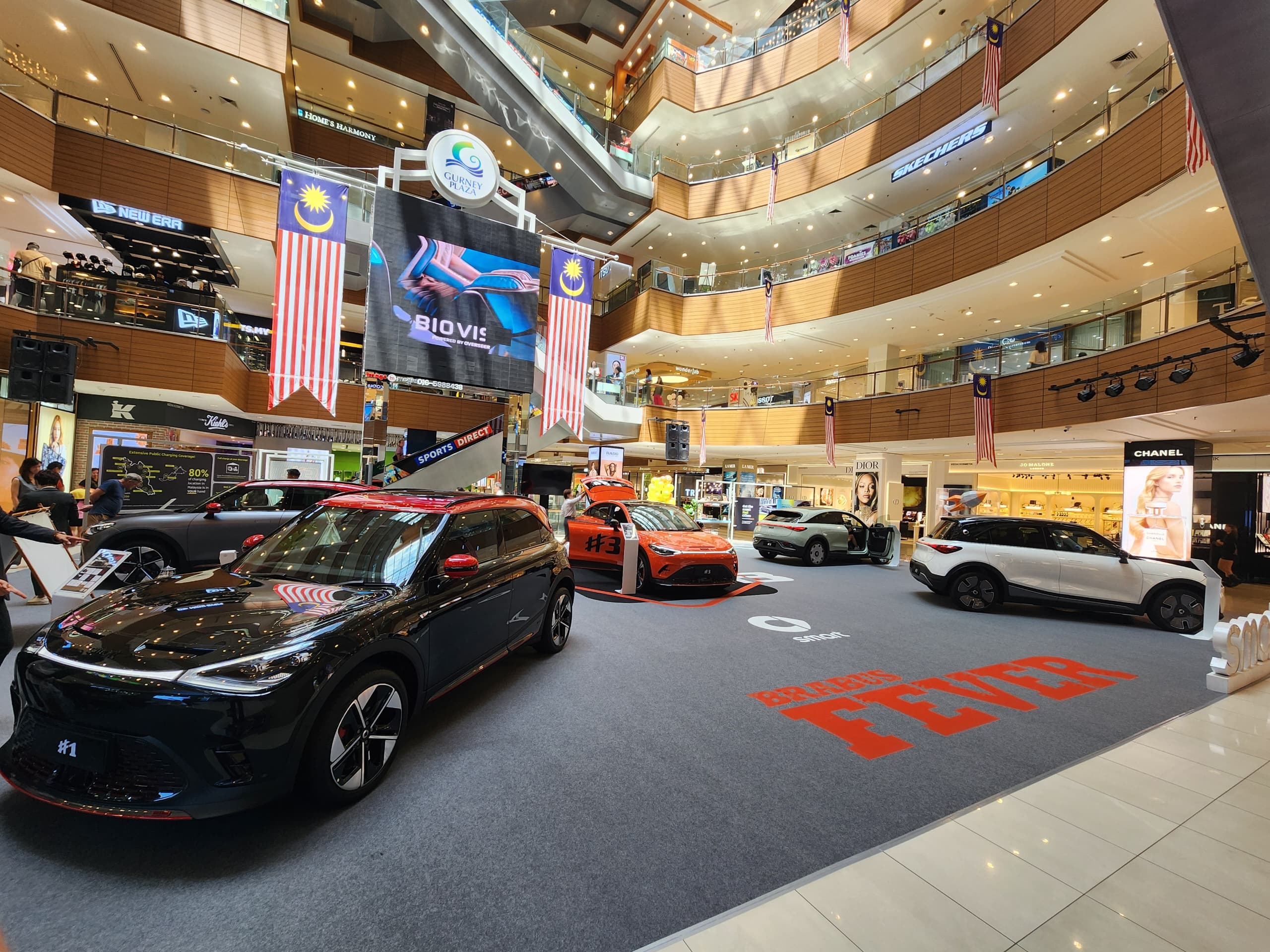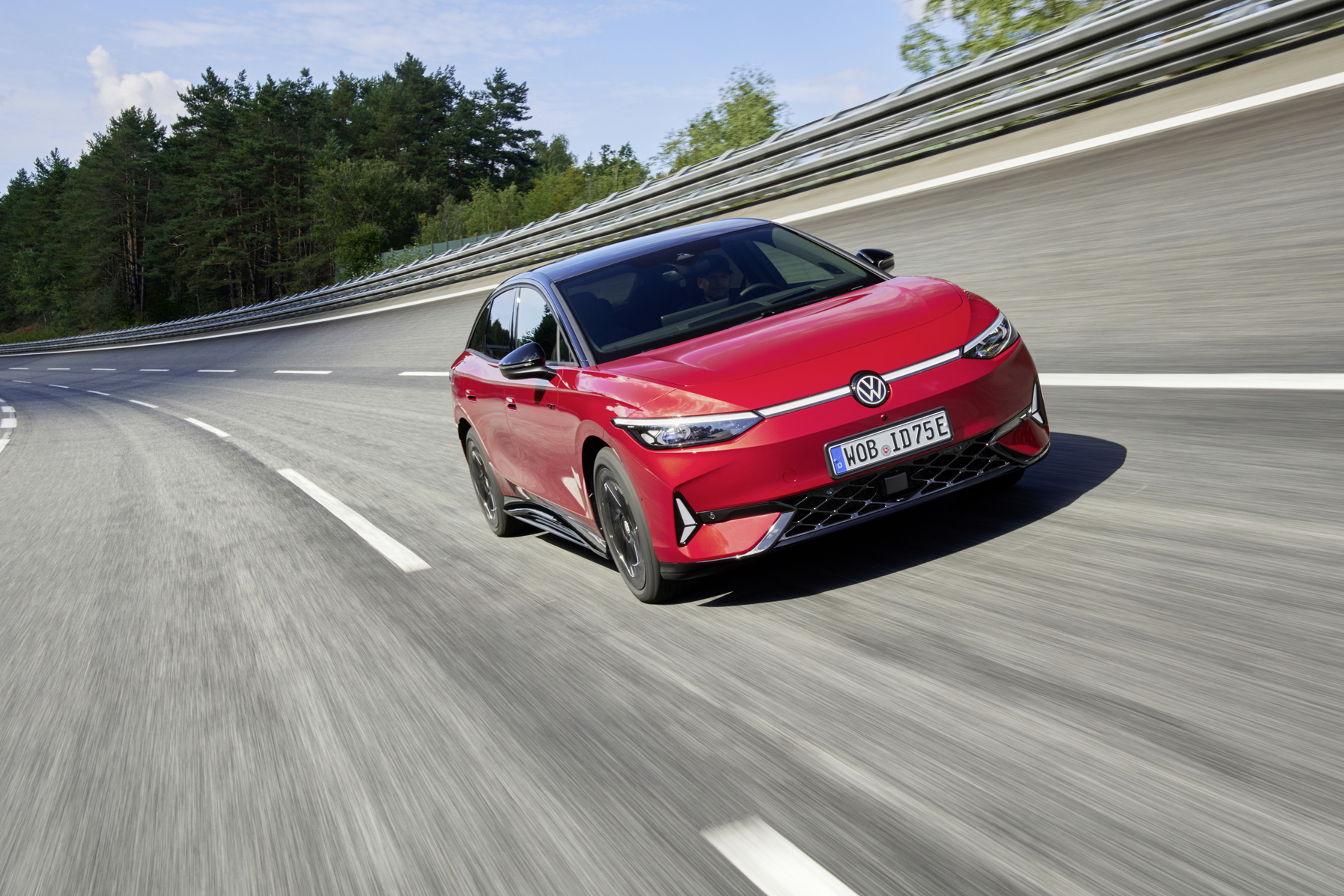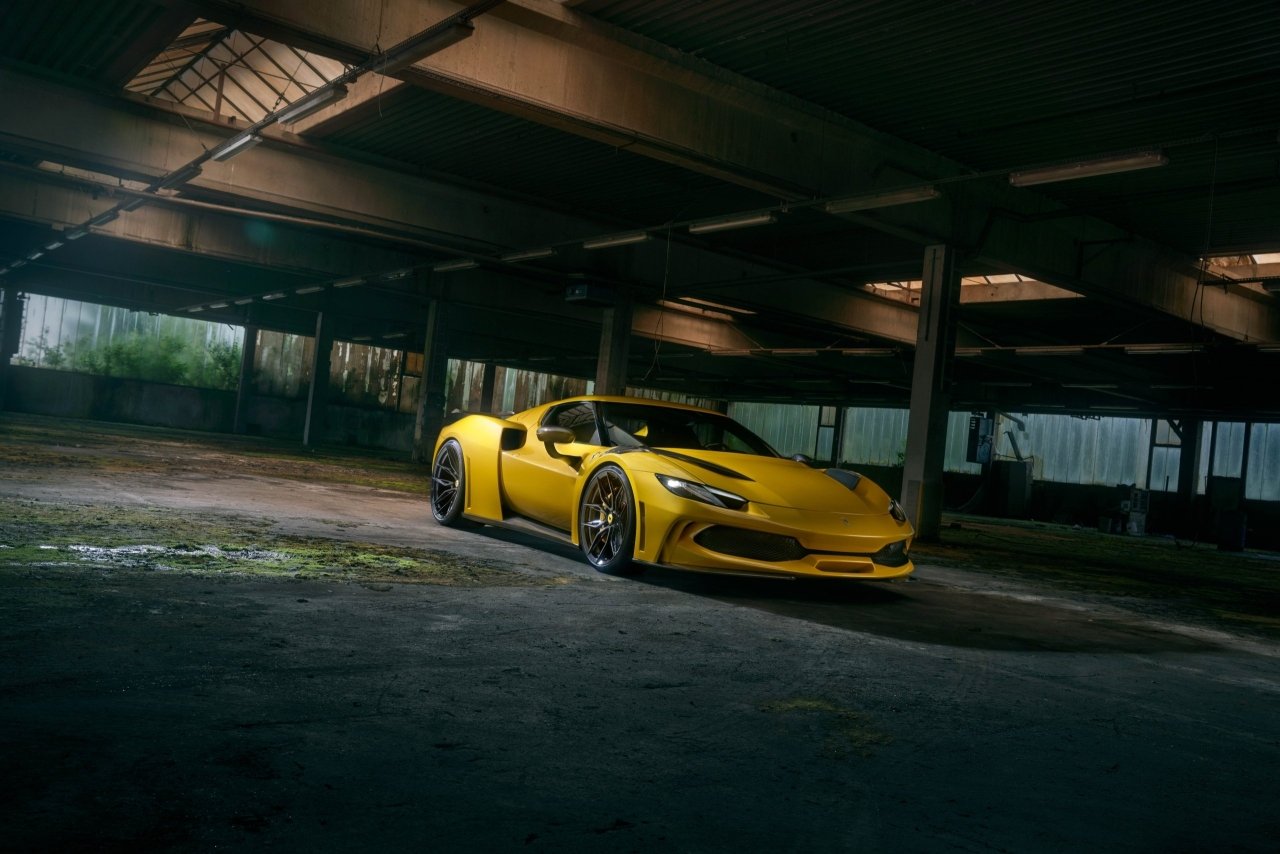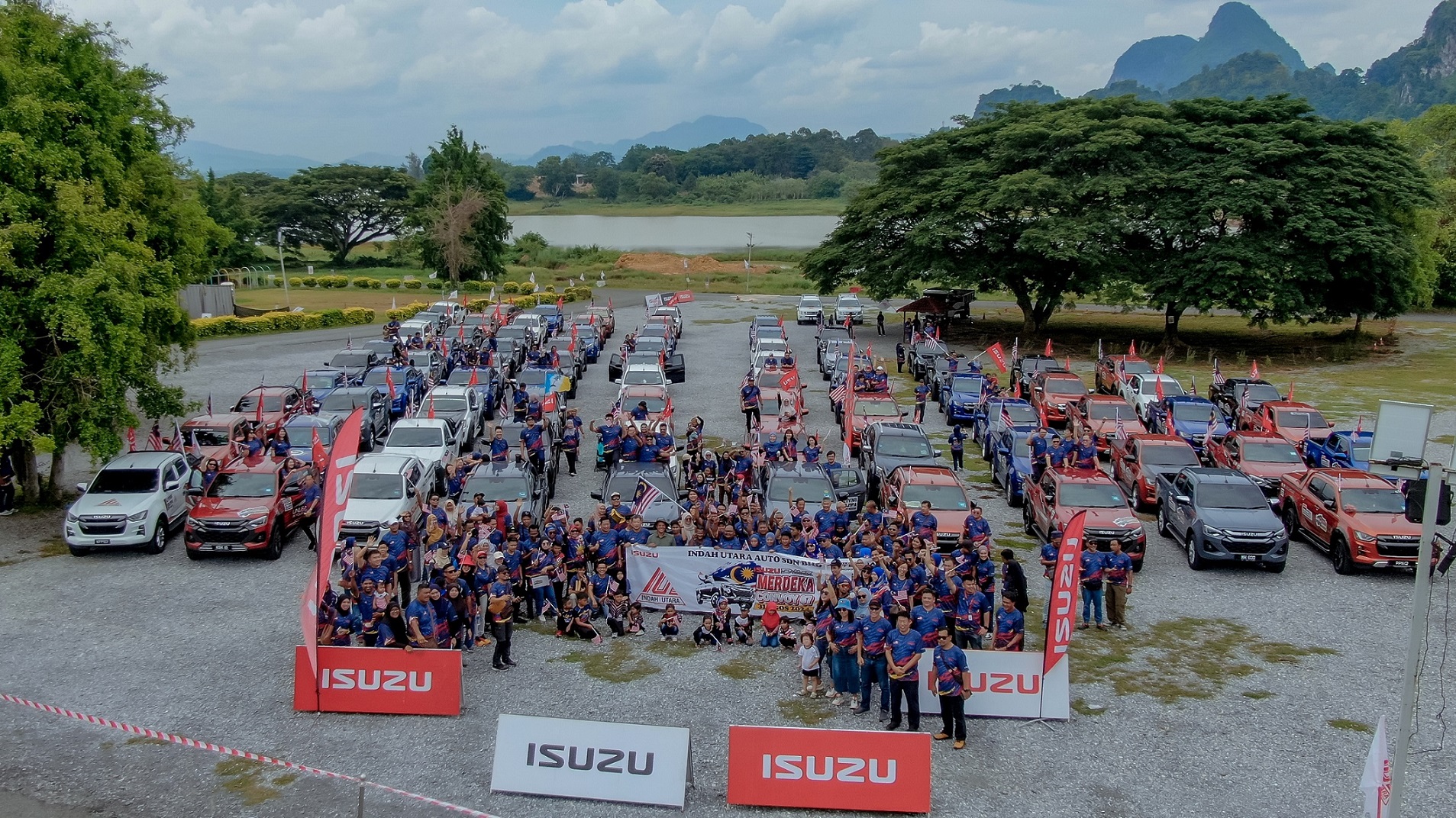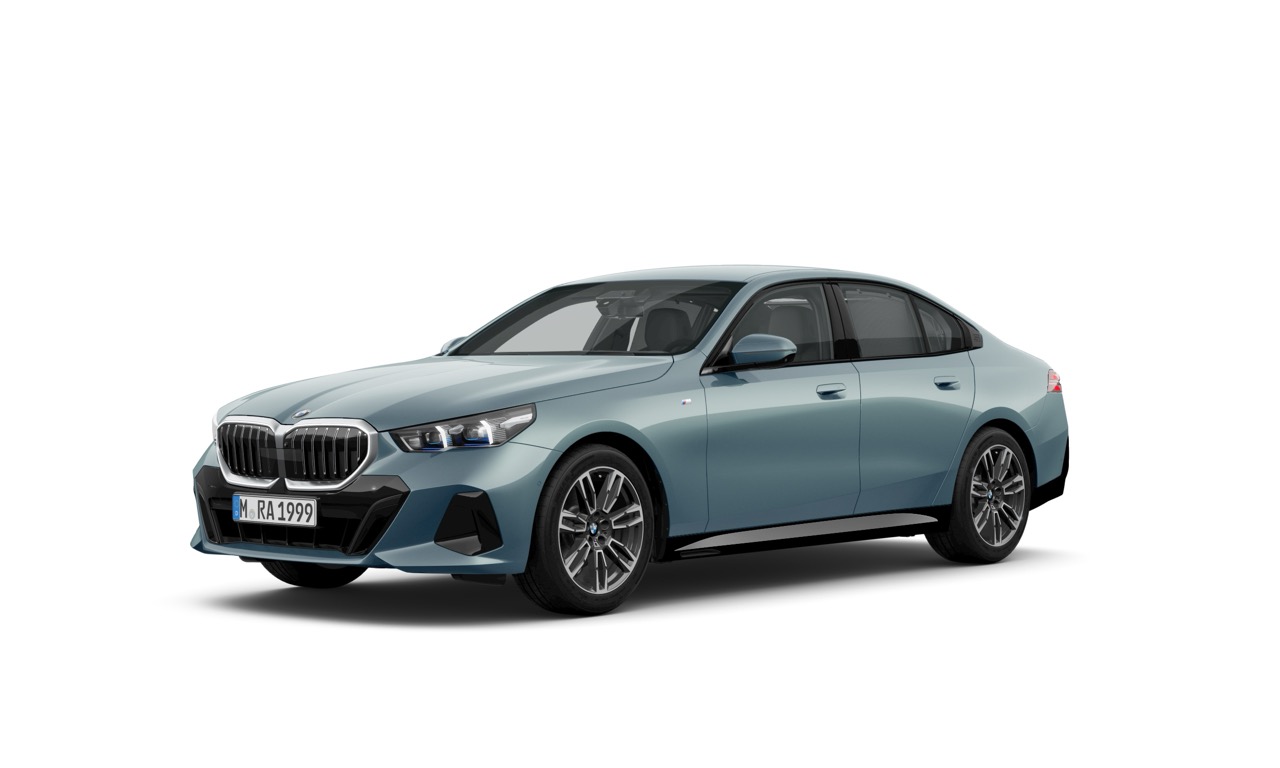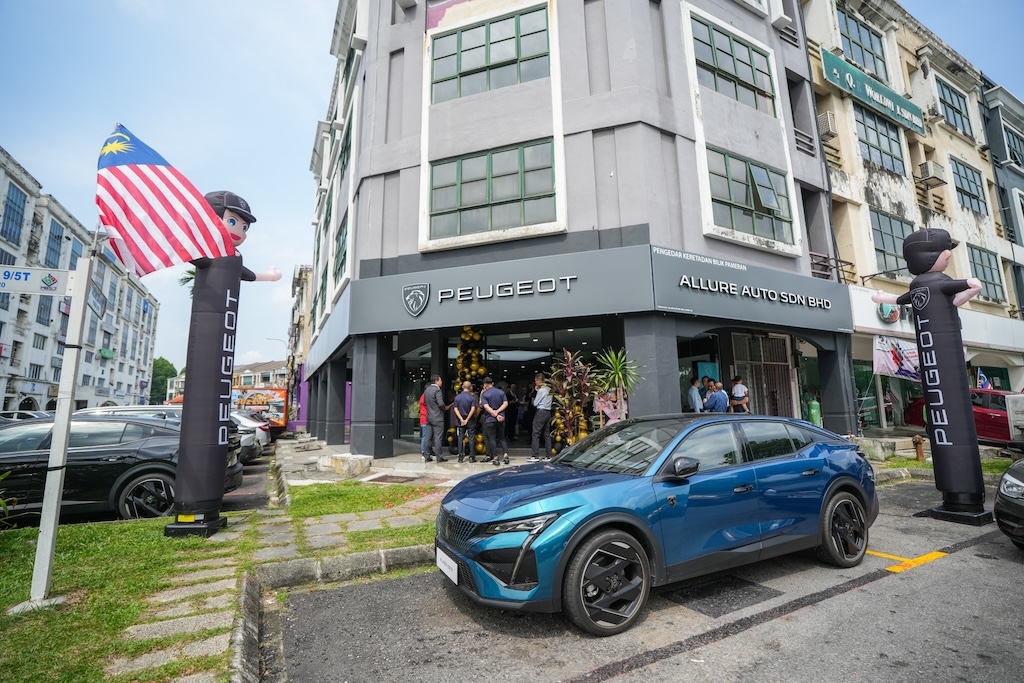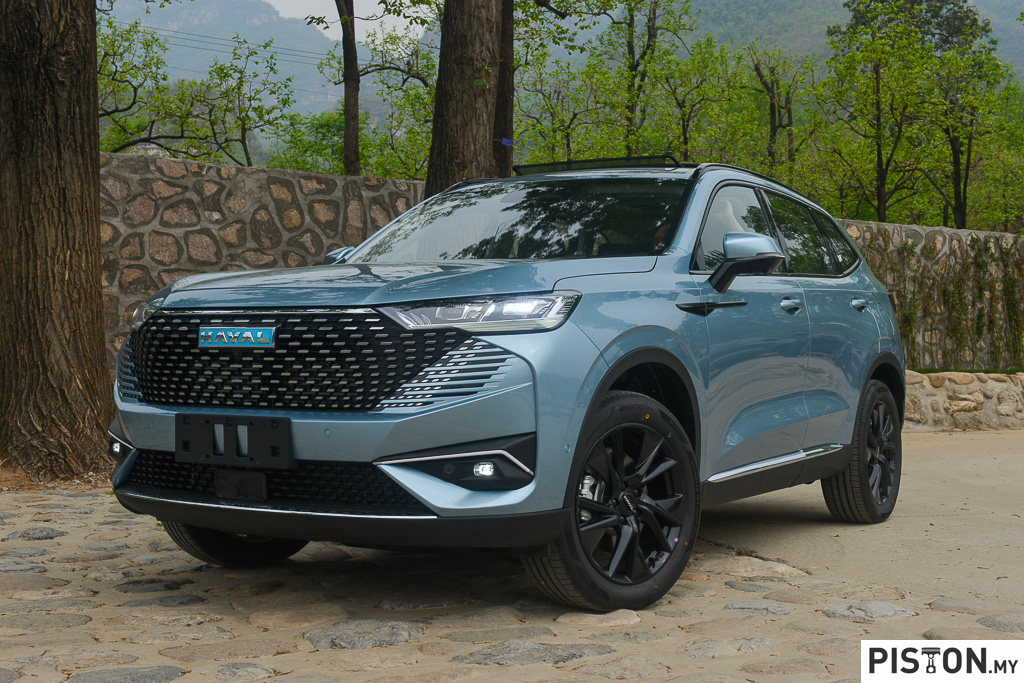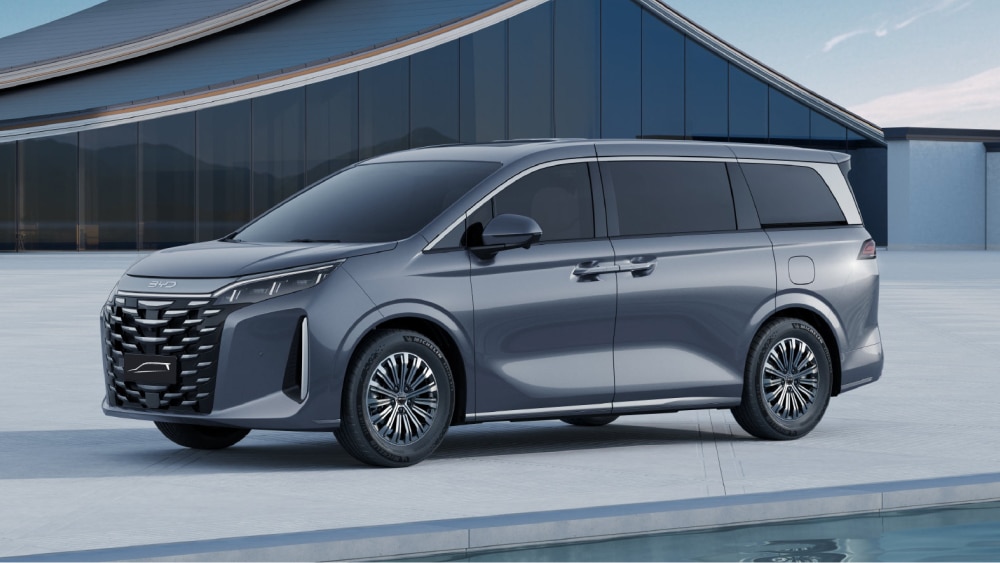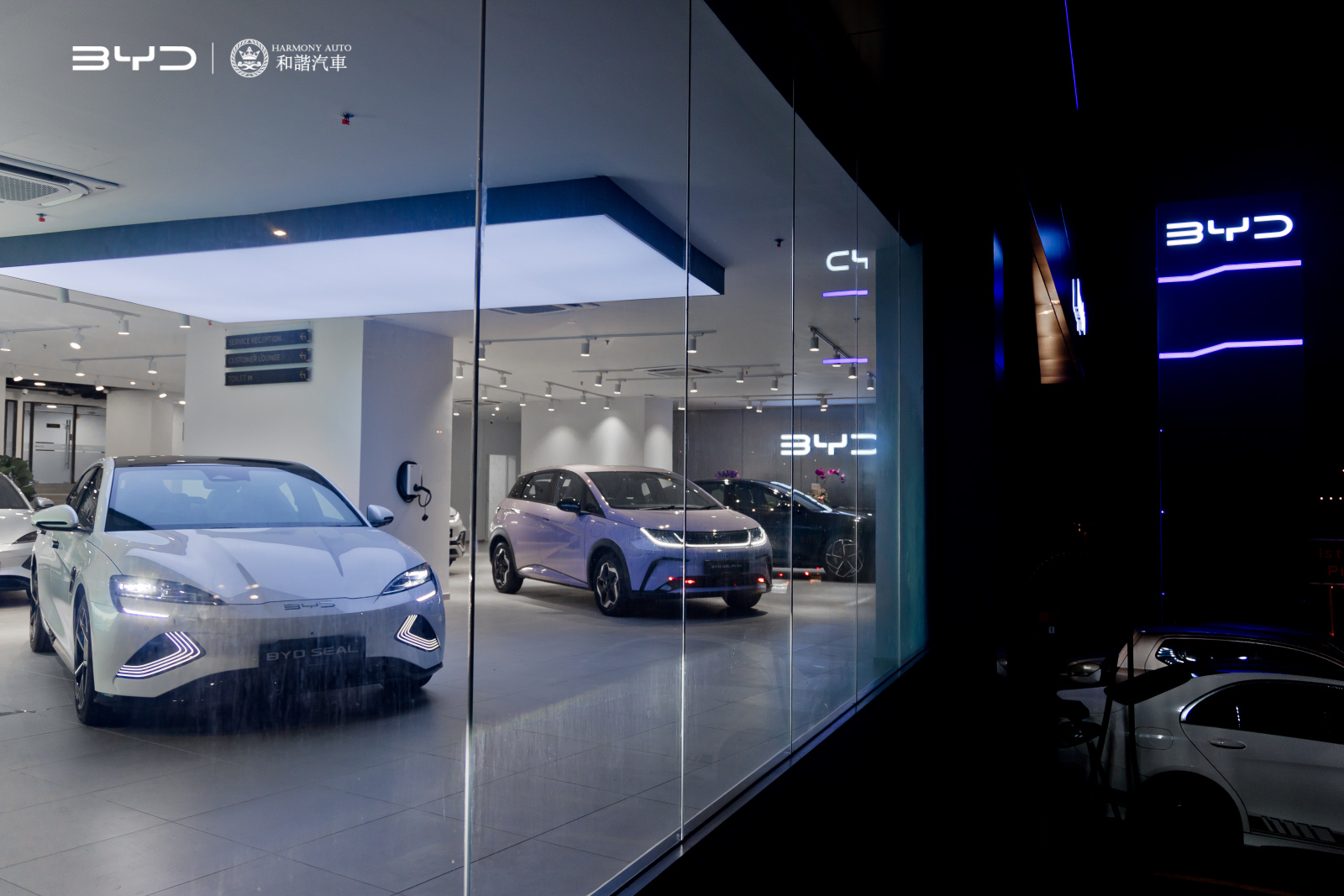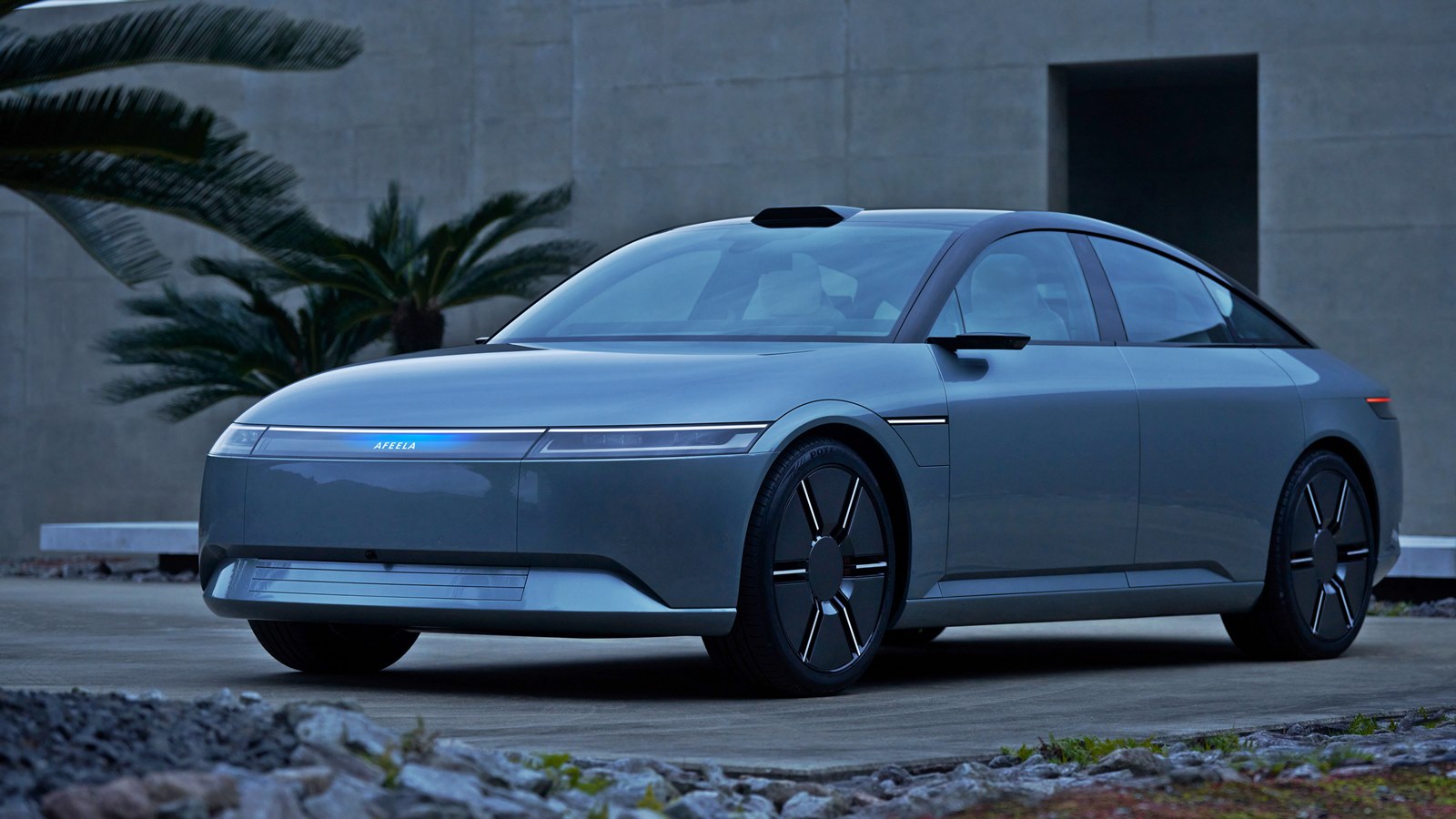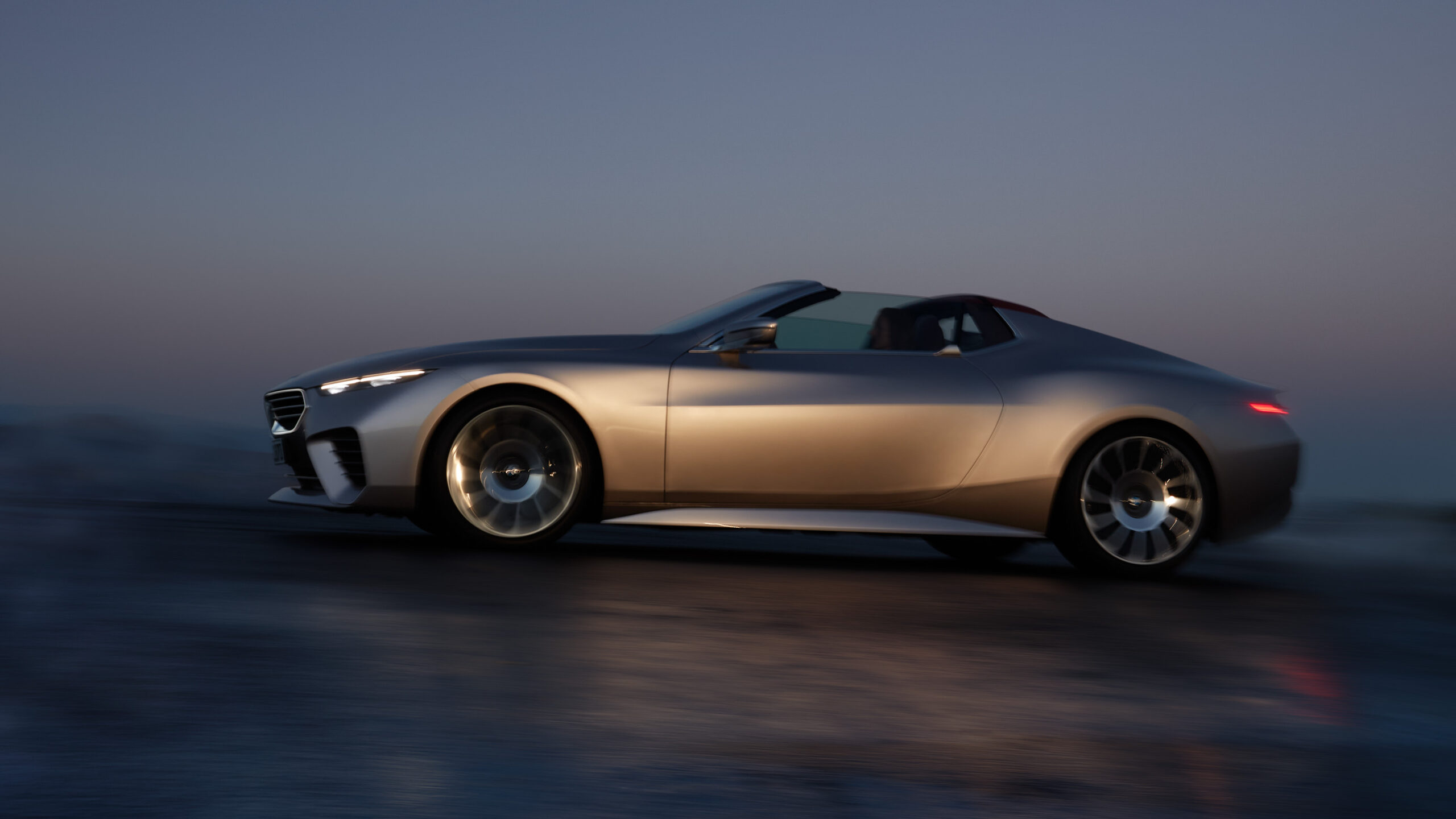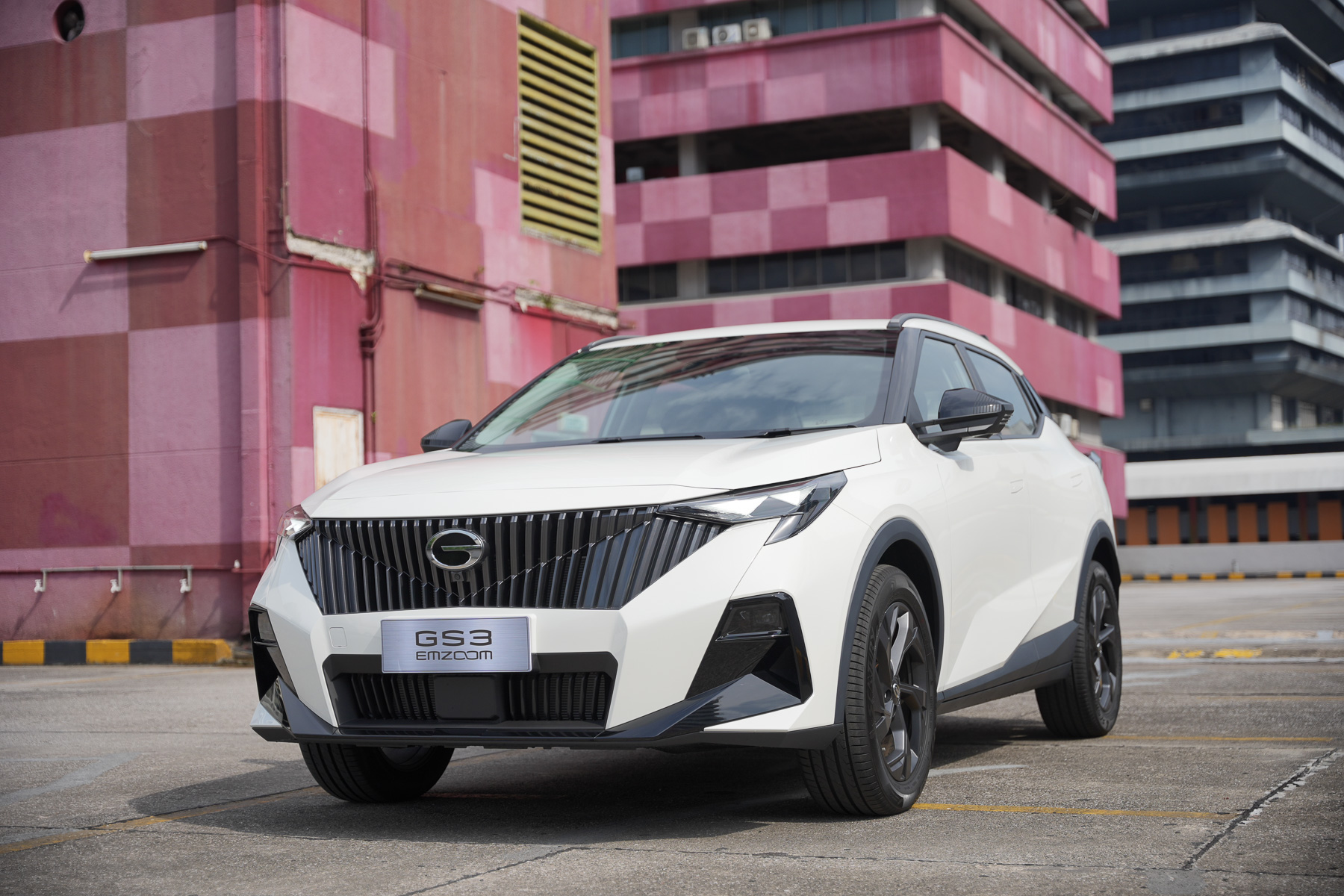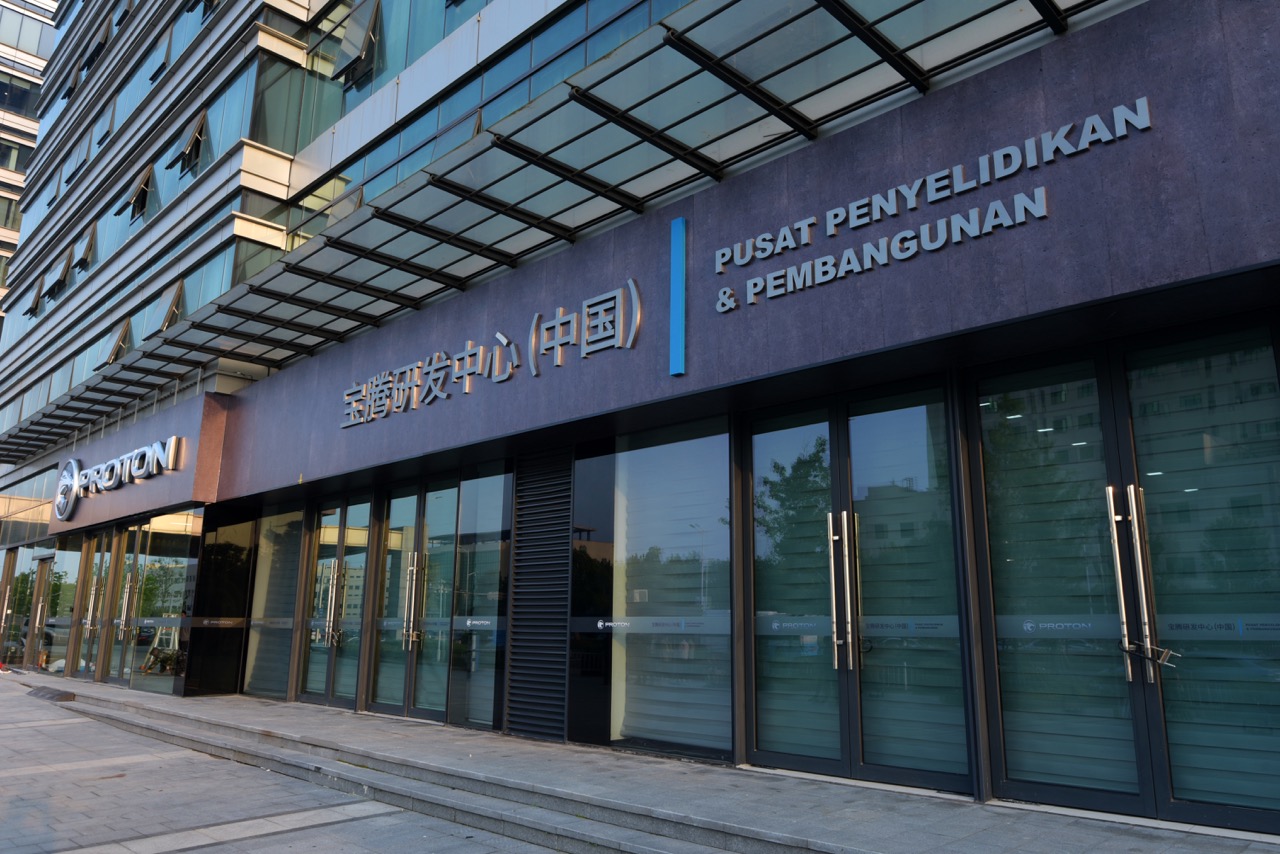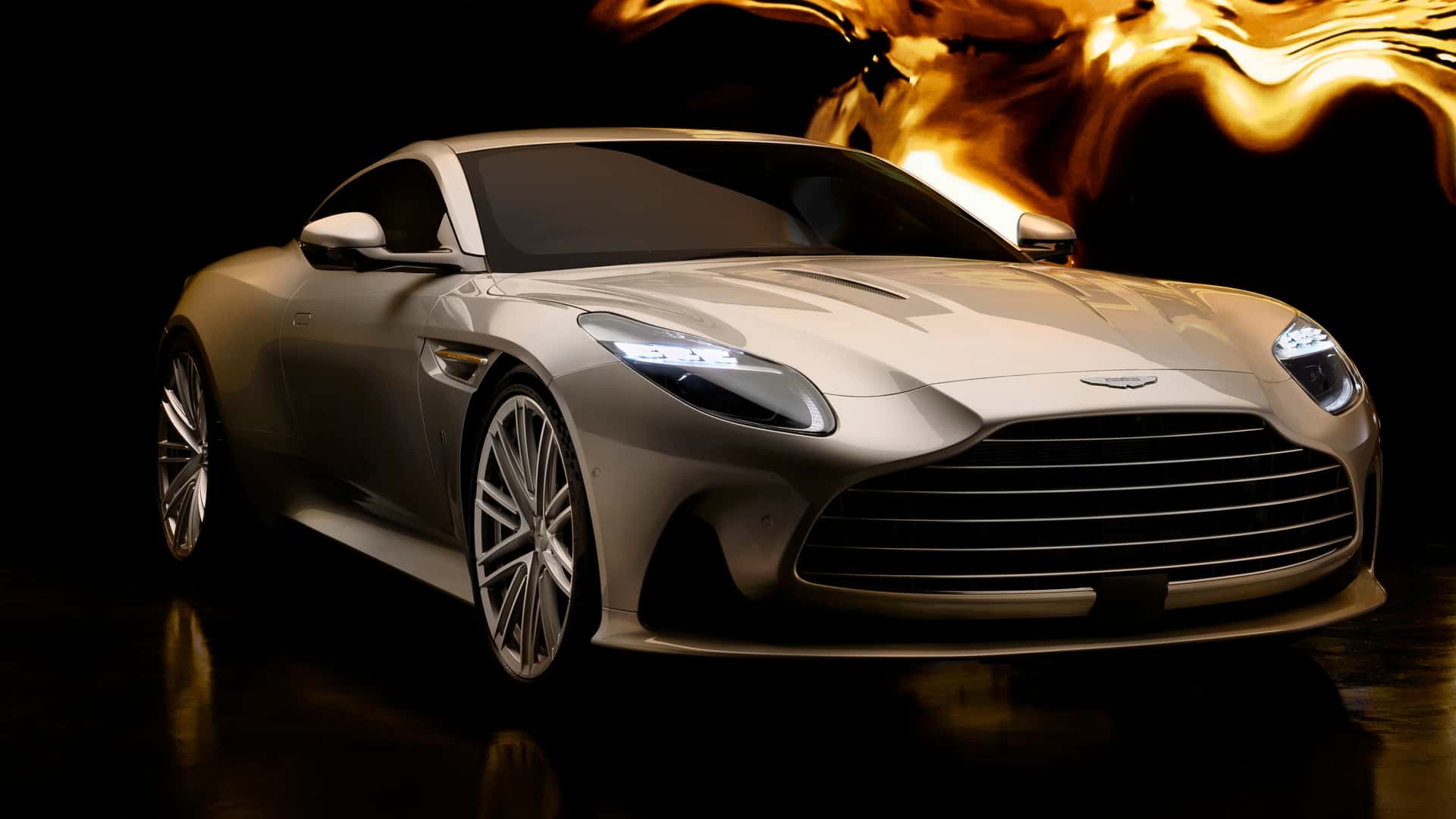During the 1950s, as the world recovered from the dark period of World War II, the auto industry went through a revival charged with enthusiasm that had been suppressed for many years. In Europe, the spark of innovation was ignited again and a new generation of sportscars emerged. Among them was the Jaguar XK 120 which made its debut at the 1948 London Motor Show.
The unit displayed was actually more a showcar, a prototype for a new engine, but response from the public to the design was so encouraging and positive that Jaguar founder and Chairman William Lyons decided that it should be used for a production model.
World’s fastest production car in 1948
The aluminium-bodied car was designated ‘120’ which referred to its 120 mph (193 km/h) top speed and which made it the world’s fastest production car at the time it was launched. Just over 12,000 XK 120s were produced between 1948 and 1954, and those that remain today are highly prized possession of collectors and fetch high prices whenever they are put on the market for sale.
Thornley Kelham, a specialist in concours restoration, maintenance, servicing, rally preparation and support of iconic vintage and classic cars, is now reimagining the XK as the first entirely new project in its ‘European’ range of reimagined automotive legends.
Reimagined by McLaren P1 designer
The Jaguar XK European, which builds on the success of their Lancia Aurelia Outlaw, starts with a derelict donor XK as its base. The bespoke programme then transforms the car into ‘European’ specification, featuring an all-alloy lightweight body penned by McLaren P1 designer, Paul Howse, and a full range of performance and comfort upgrades and enhancements.
Most of the work is carried out in-house, together with a small number of trusted and talented partners. The original beautifully aerodynamic lines remain true to the car’s original intentions, echoing the kind of work applied to the E-Type Lightweight.
The first major task was to lower the roofline so that the proportions become more elegant and purposeful. The next was to add some curvature to the sides; all the body sections now have an ‘acceleration’ to them which adds sculpture and muscle but also lightness. The arches are wider both at the front and more significantly at the rear with wider alloy wire wheels filling them out nicely, giving that ‘road racer ‘stance.
The brightwork was also removed and instead a subtle crease was introduced down the bonnet which follows the split screen into the roof and washes out over the roof, which is more smoothly integrated into the overall form, as are the rear arches. At the rear, the tail now sweeps up to create a more teardrop form. The rear lamps are nestled into the bodywork and the headlights have had the chrome bezels removed, cleaning up the appearance.
Original but modernised interior
Inside, a completely redesigned dashboard and interior echo the original but with a dedication to modernizing and improving wherever possible. The dials are kept in a similar layout but are surrounded by a body colour aluminium dashboard rather than a flat slab of walnut. This is enveloped in the finest leather hugging the dials, now positioned slightly higher.
The seating position is a vast improvement over the original, dropping the H-point significantly so that you sit in the car rather than on it and ensuring that the lowered roof doesn’t affect the headroom. The seats themselves, whilst classic in design, offer more support than the original items (bearing in mind that today’s drivers are generally taller). The door design is also more sophisticated and sporting in design, with a slim storage pocket and a completely new door release to not only improve the ergonomics but also the knee clearance for taller drivers.
Purists may be unhappy with the presence of anything electronic, but many customers are likely to want the convenience of power windows and the clarity of electronic gauges. Other modern features are air-conditioning, power steering, Bluetooth connectivity and a number of in-car entertainment options, plus a discreet rollcage.
Improved mechanicals
The Jaguar XK 3.8-litre straight-six engine – which produced between 160 and 220 bhp originally – is thoroughly reengineered, instilling the ‘European’ specification with performance akin to a modern sportscar. The all-alloy engine, with a 5-speed manual transmission, is equipped with direct injection, a bespoke camshaft and rebored cylinders can develop either 300 bhp or 340 bhp, depending on the customer’s requirement.
In its day, the XK 120 was successful on the racetrack and in rallies so it has performance in its DNA. For the 21st century version, the handling has been enhanced with reconfigured suspension all-round, employing double wishbones at the front, coilovers, tuned Bilstein shock absorbers and Eibach springs. It’s a far more modern package than the original car, which featured basic leaf springs on the rear axle. In fact, the rear axle set-up has been completely redesigned, and now incorporates a limited slip differential. Four-piston vented disc brakes provide stopping power for each wheel.
The process of turning an XK into European-specification will take over 5,000 hours, with paintwork alone requiring 800 hours. Development of the first Jaguar XK built to ‘European’ specification is already underway, with the first commission secured. Numbers will be strictly limited, with prices from £550,000 (about RM3.04 million) plus a donor car.
“The Jaguar XK European is, to our eyes, the most beautiful car yet in the restomod sector, backed up with expertise and experience in developing cars that aren’t just perfect in their finish, but thrilling to own and drive,” said Simon Thornley, co-founder of Thornley Kelham. “With our concours-winning restoration heritage and our years of experience in perfecting our bespoke Lancia Aurelia ‘Outlaw’ project, we have developed a team perfectly placed to design and engineer a car that reimagines automotive icons authentically, in intricate detail and with a fastidious attention to quality.”




